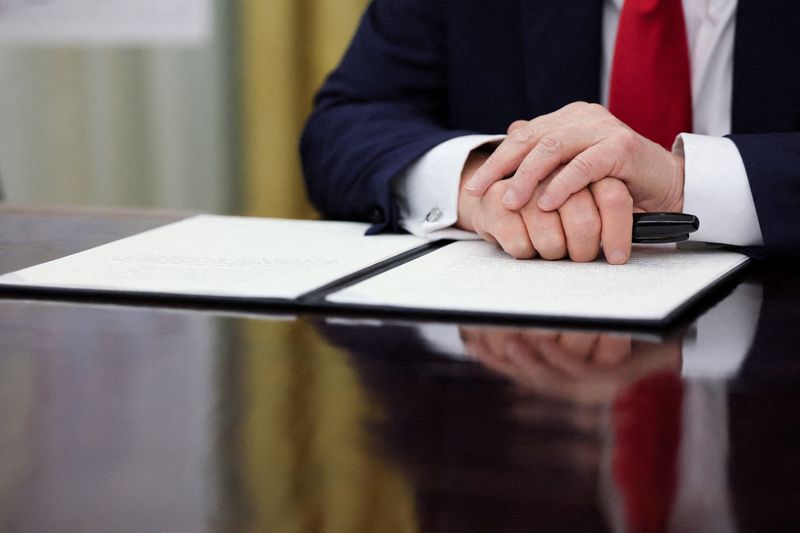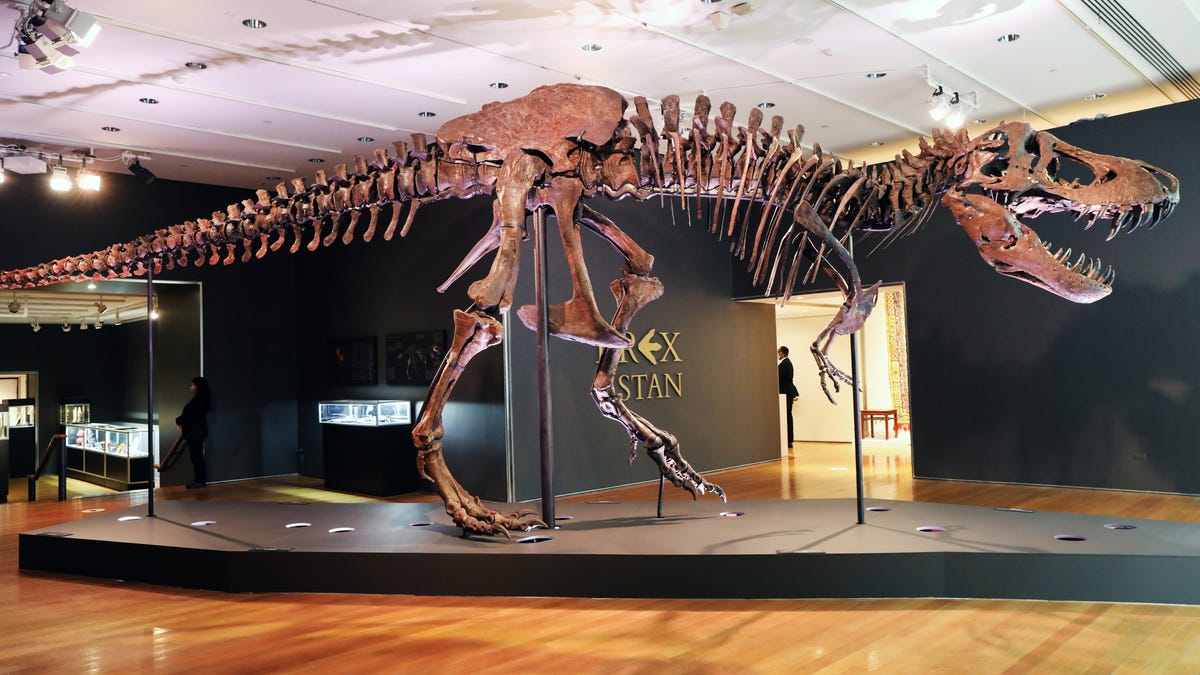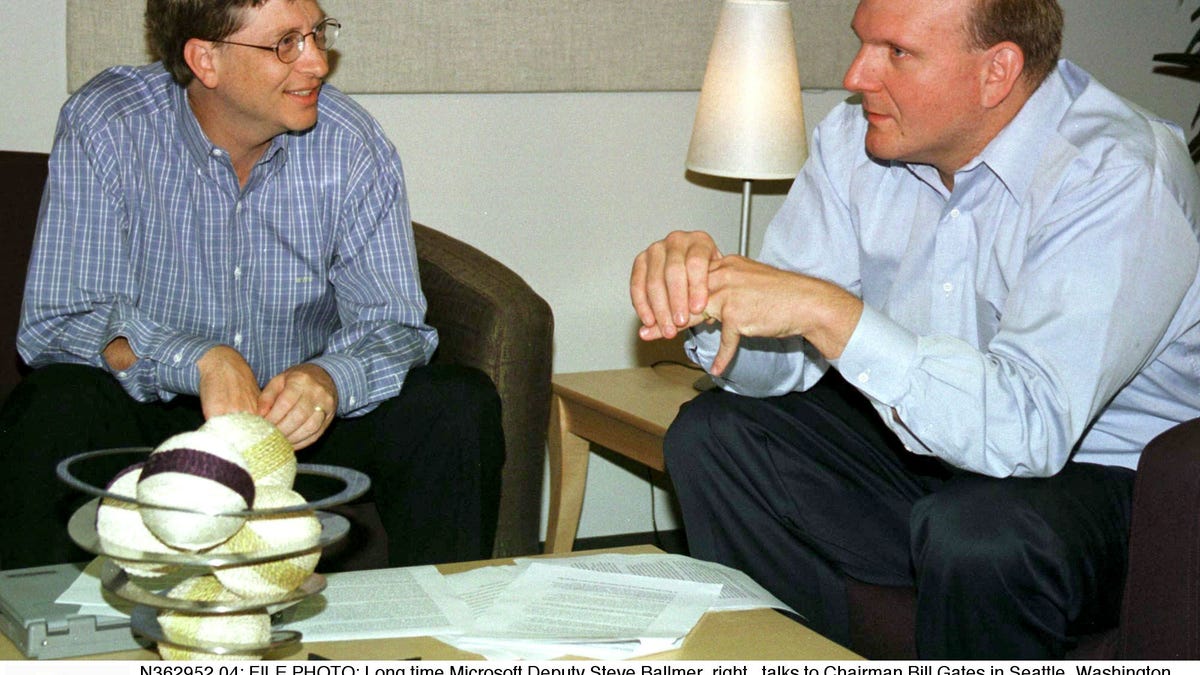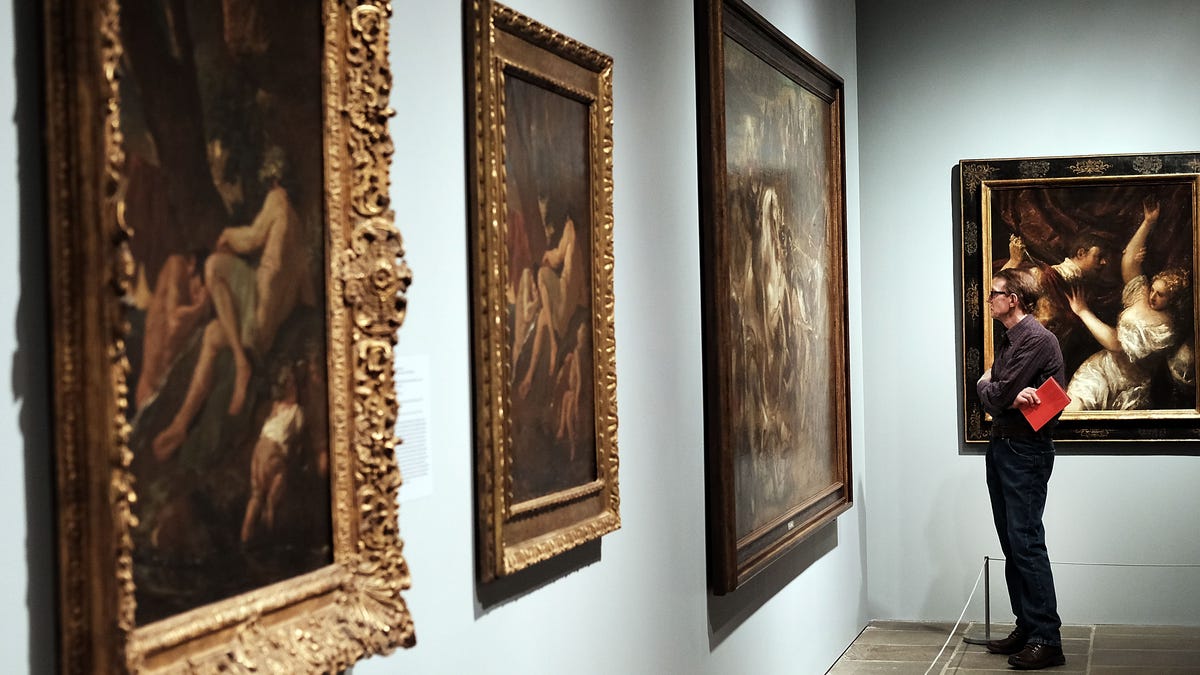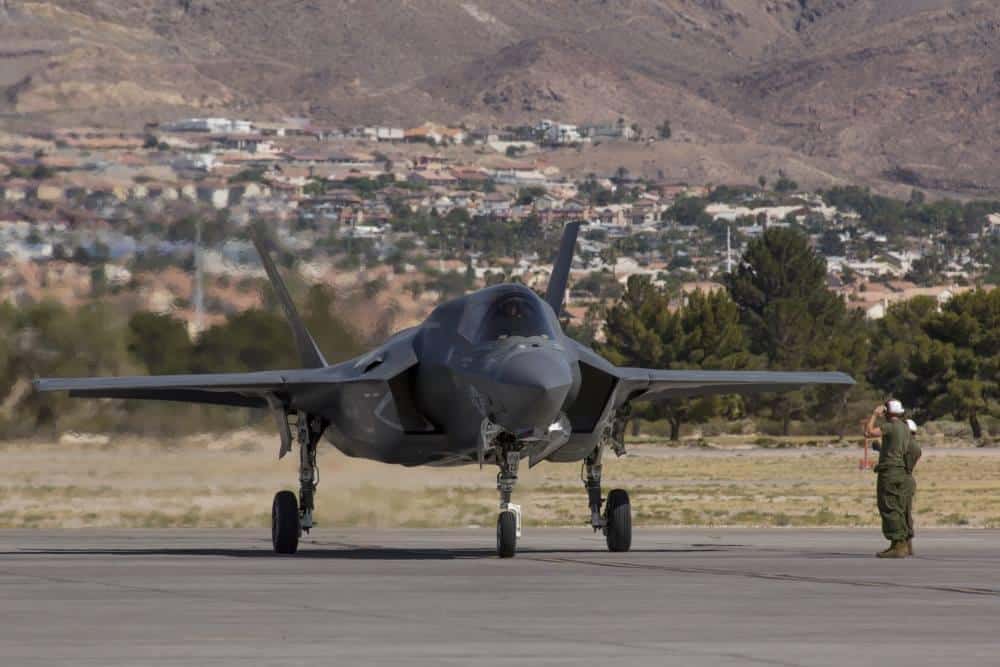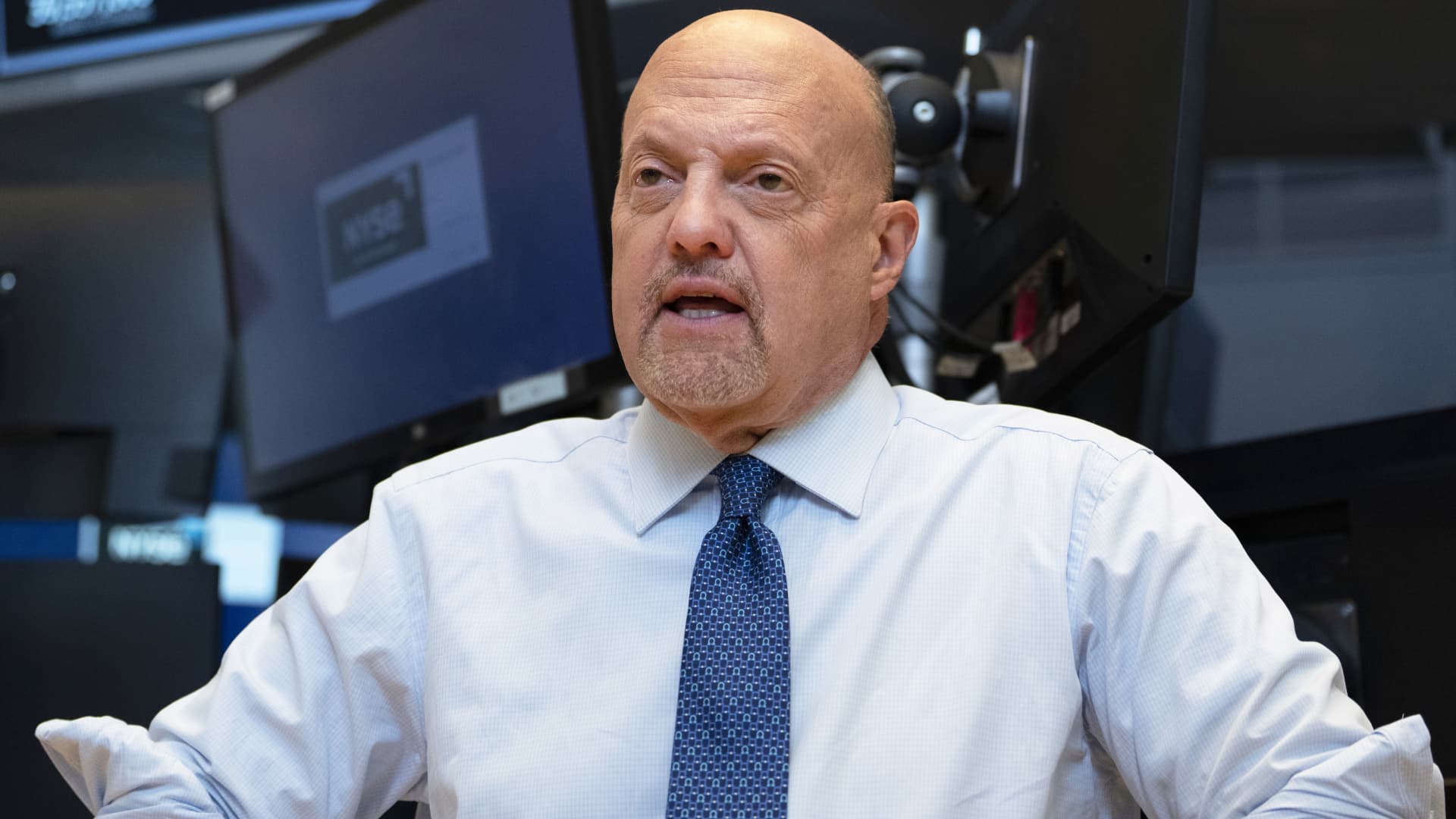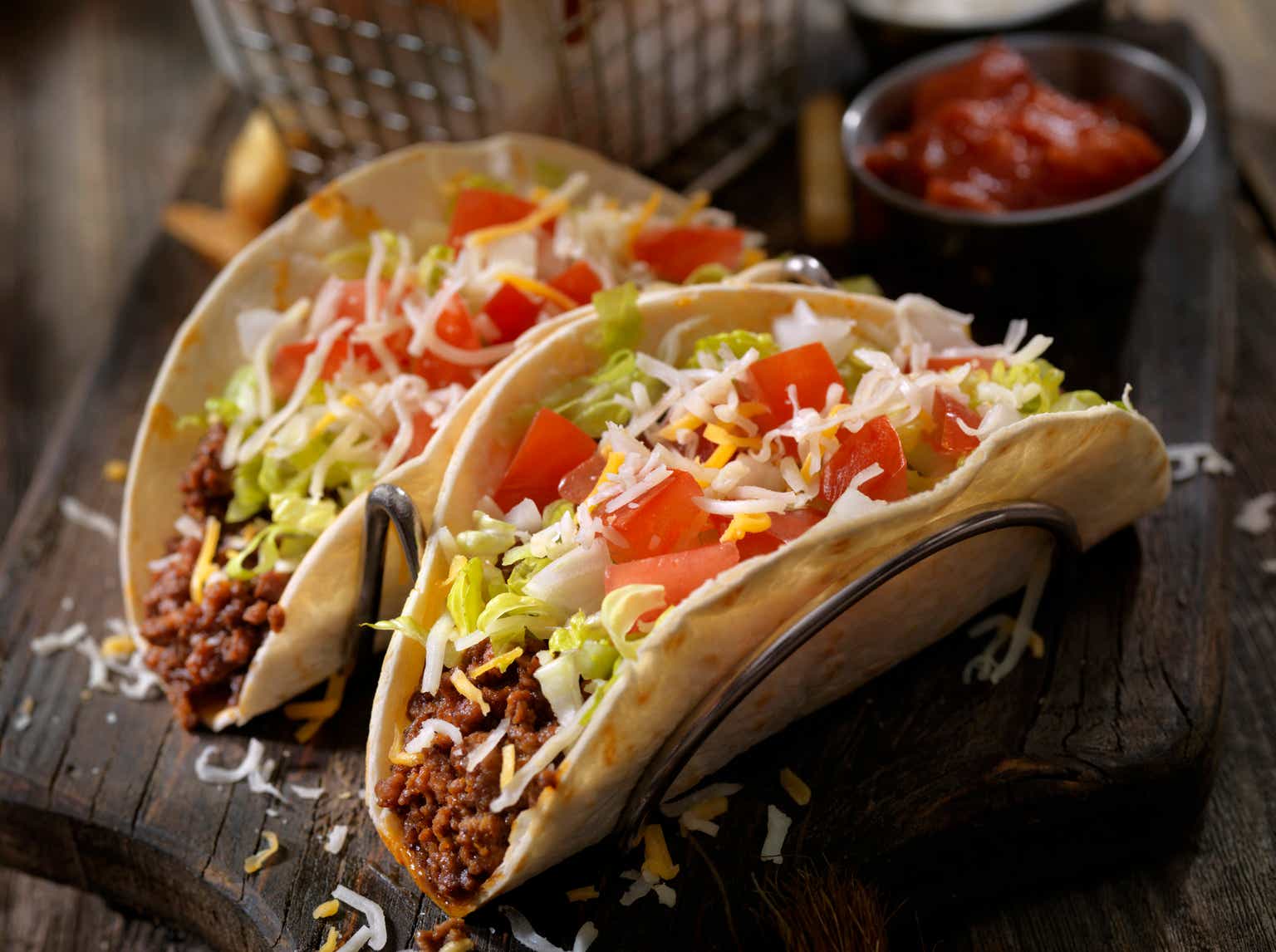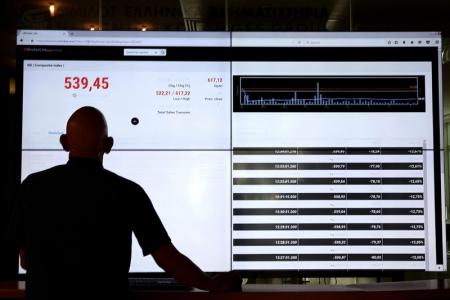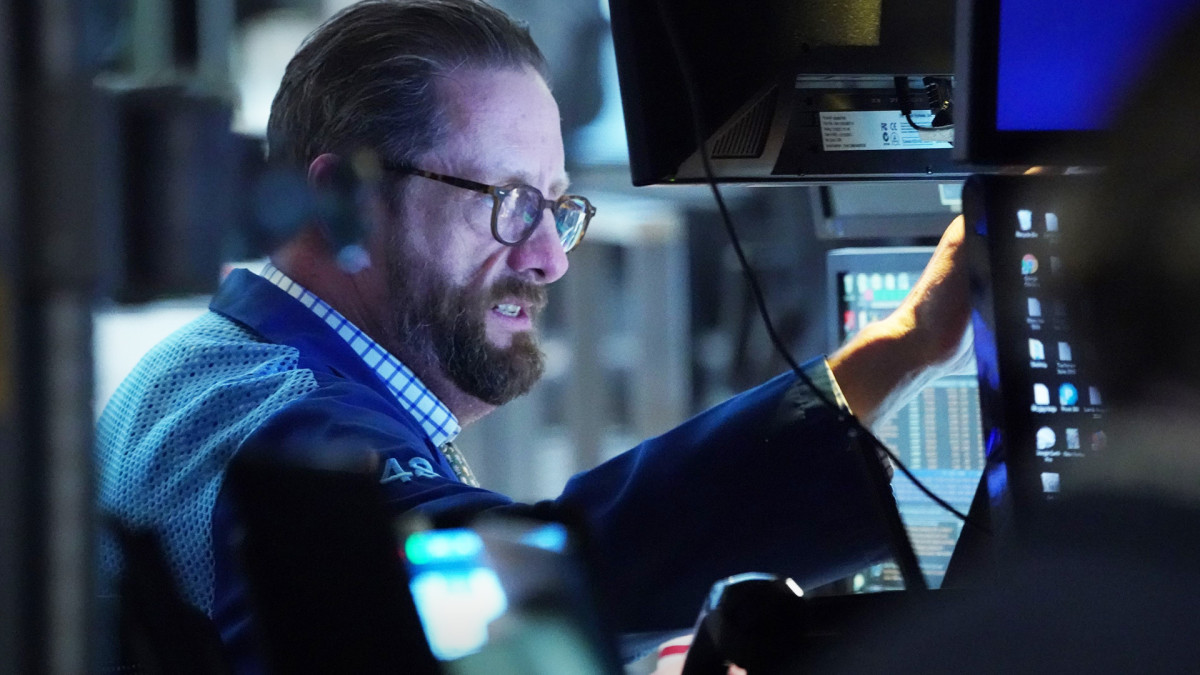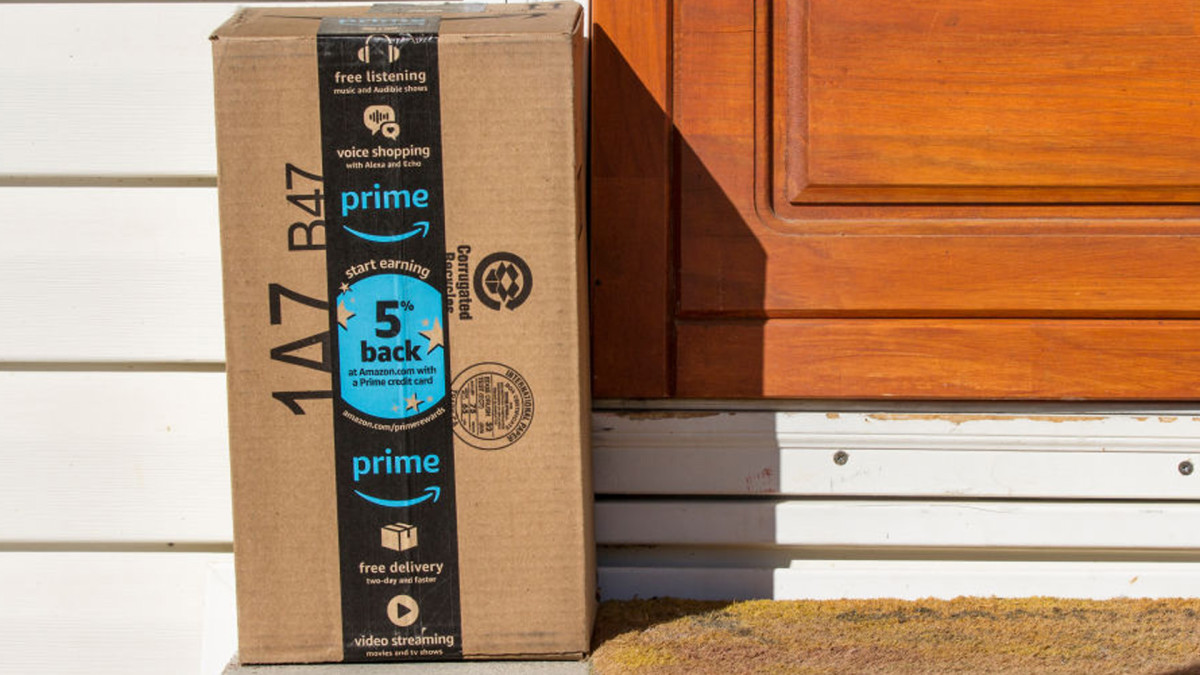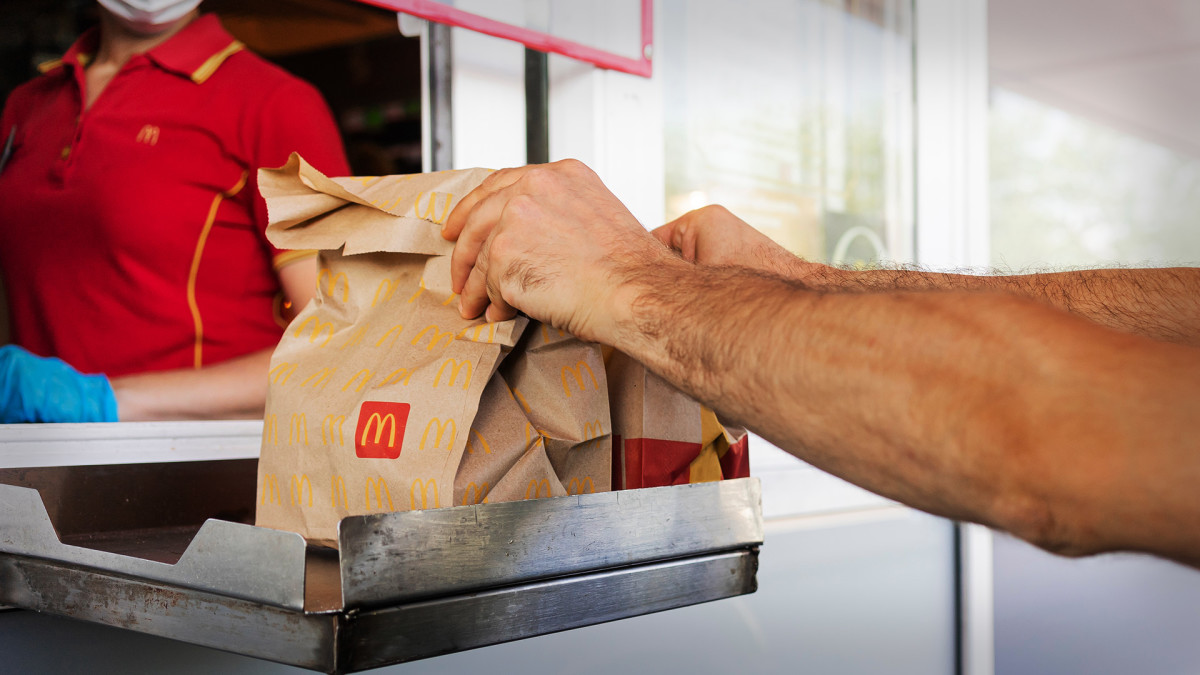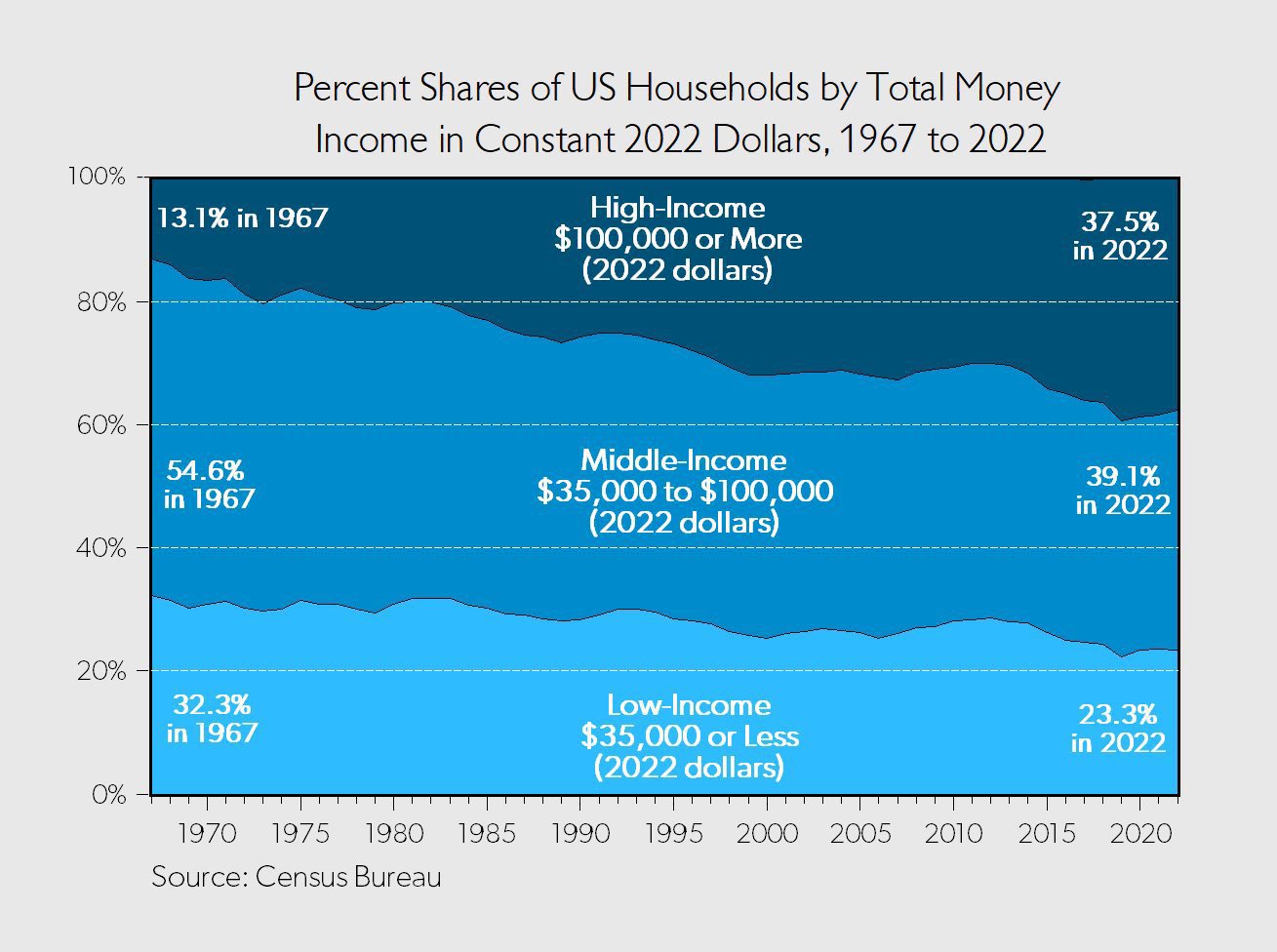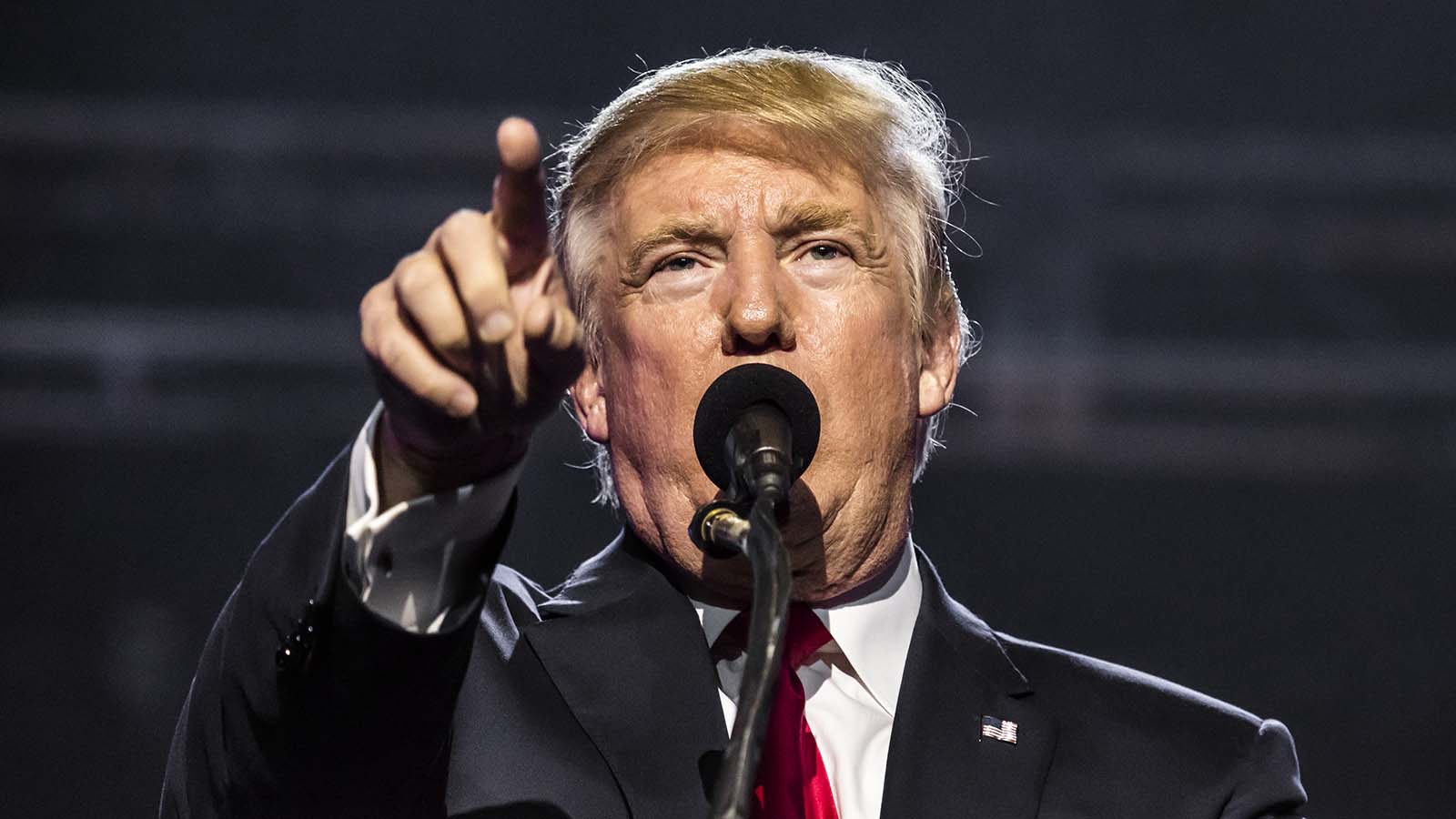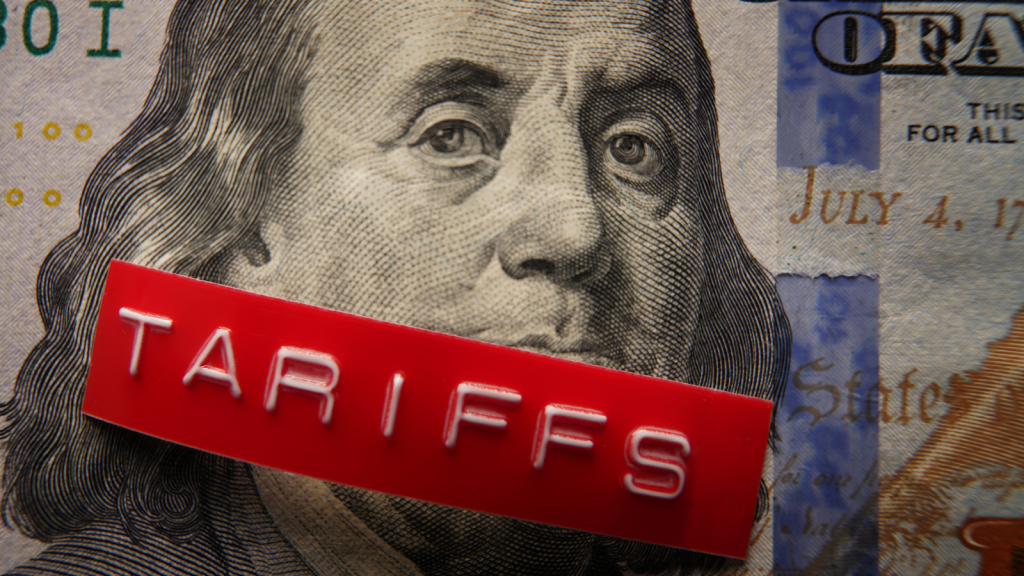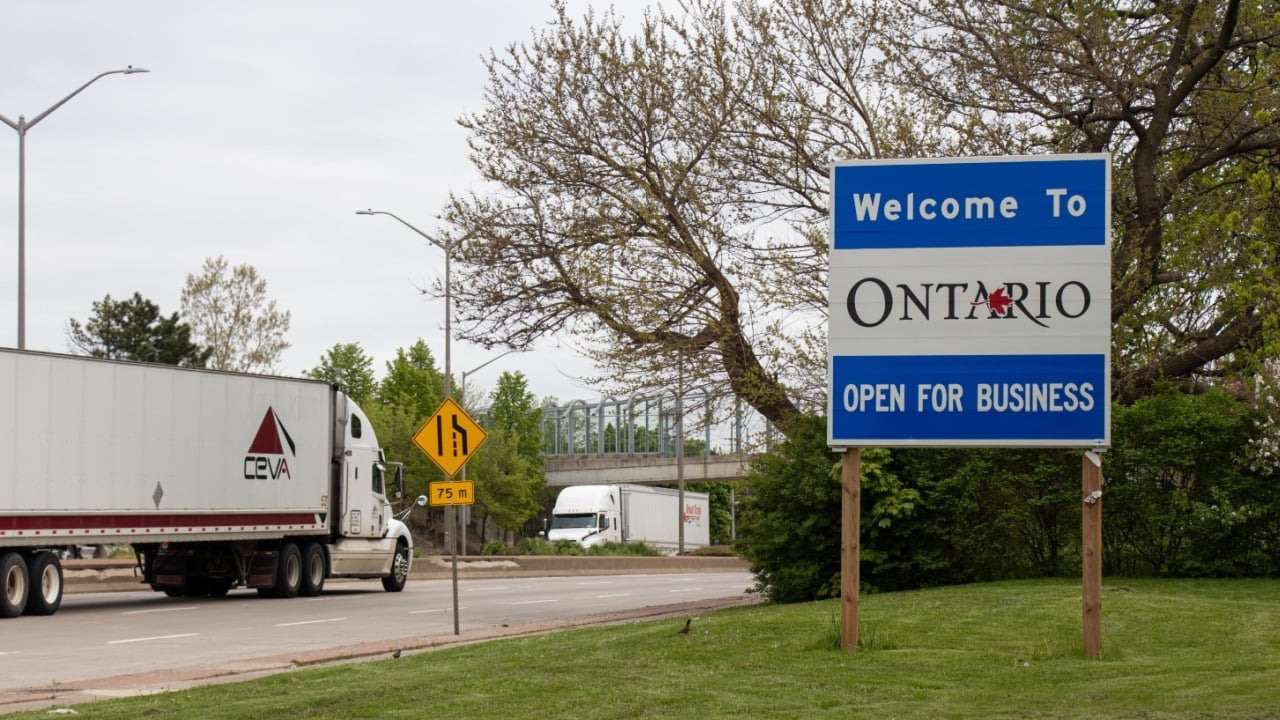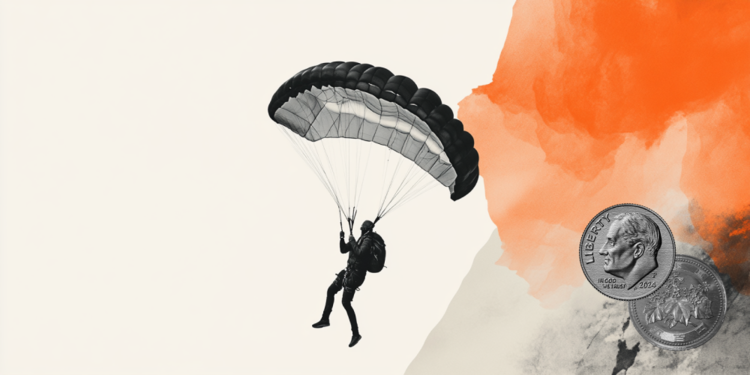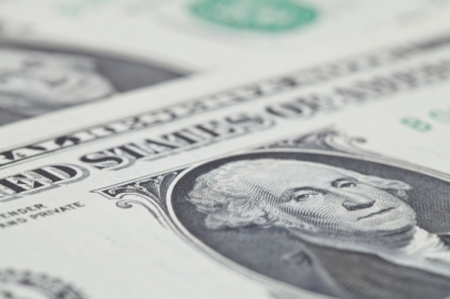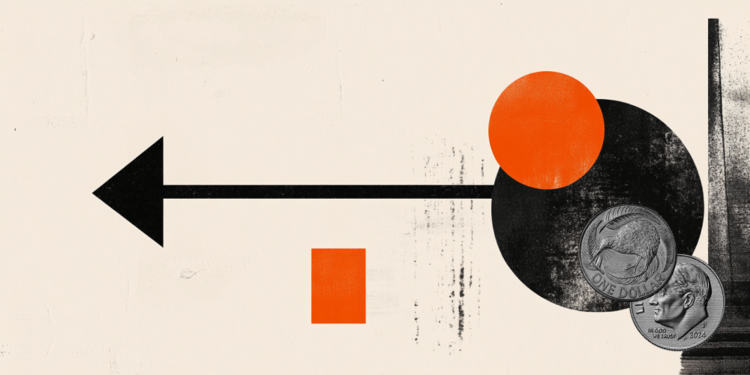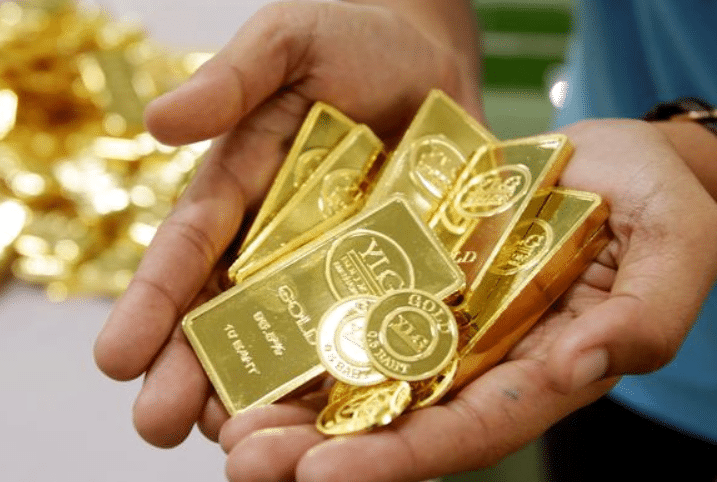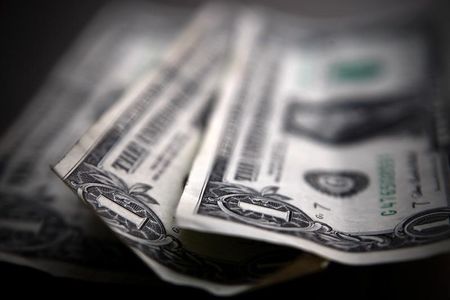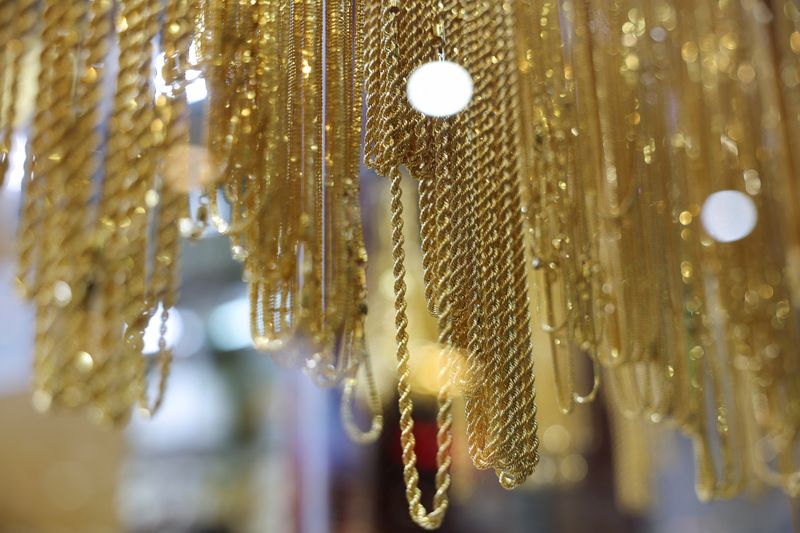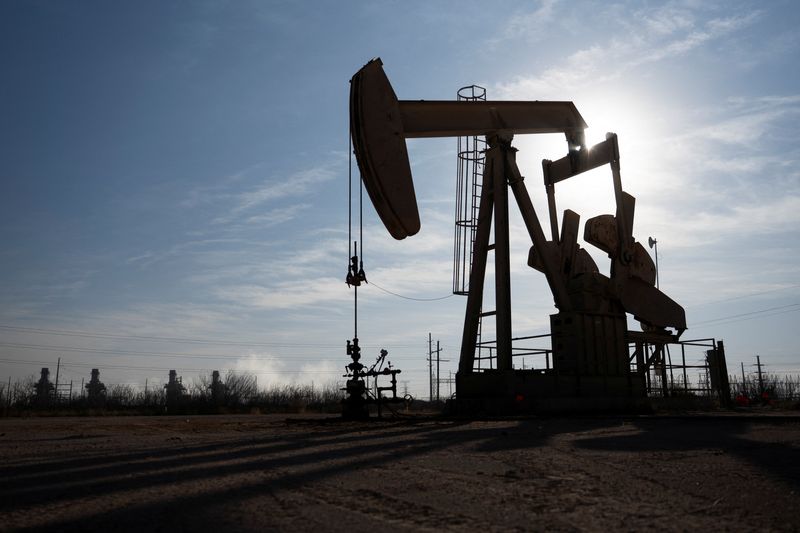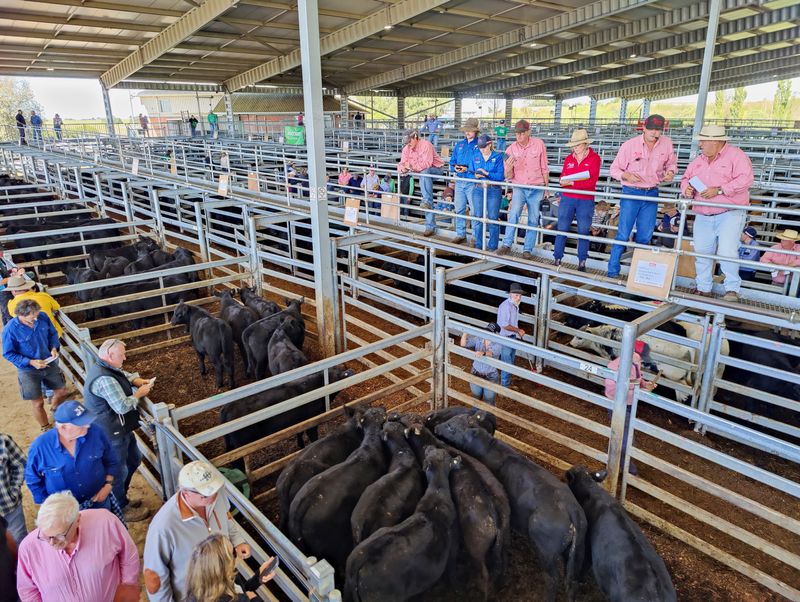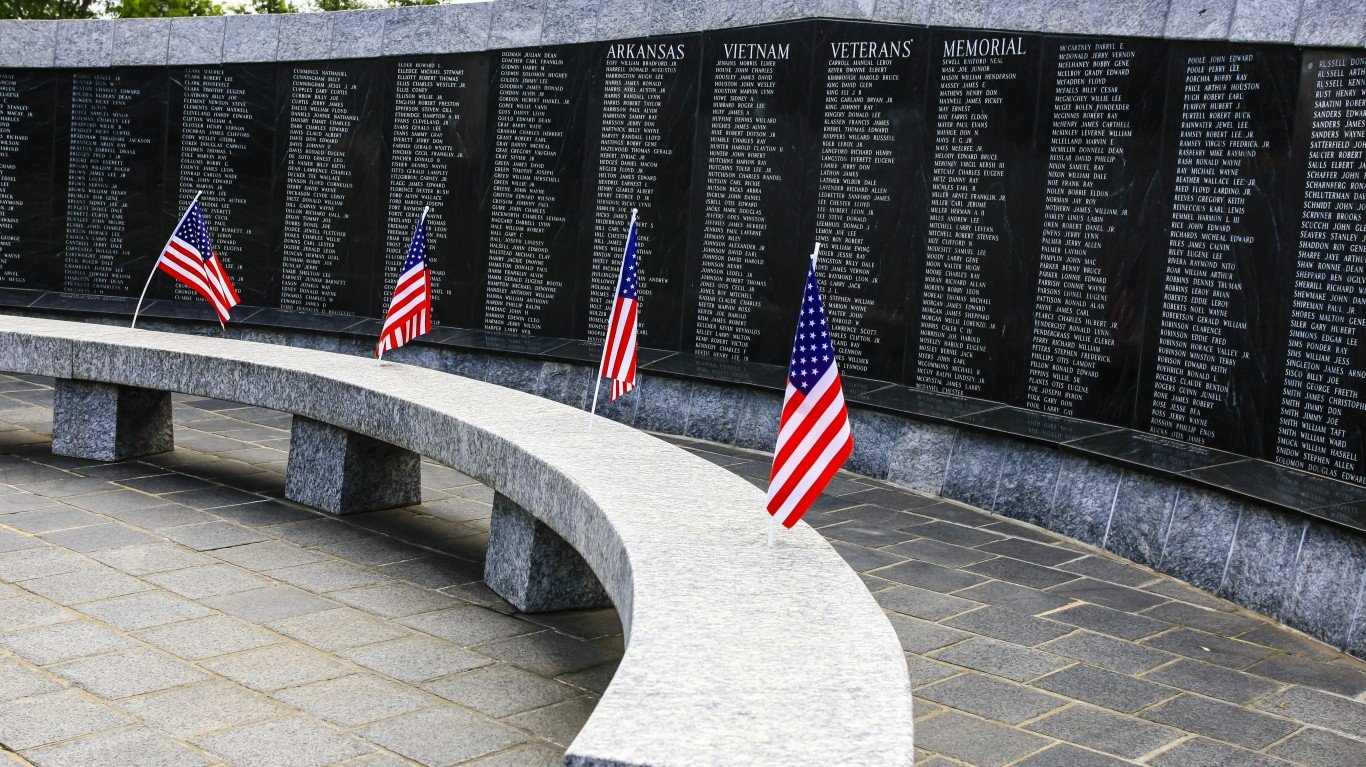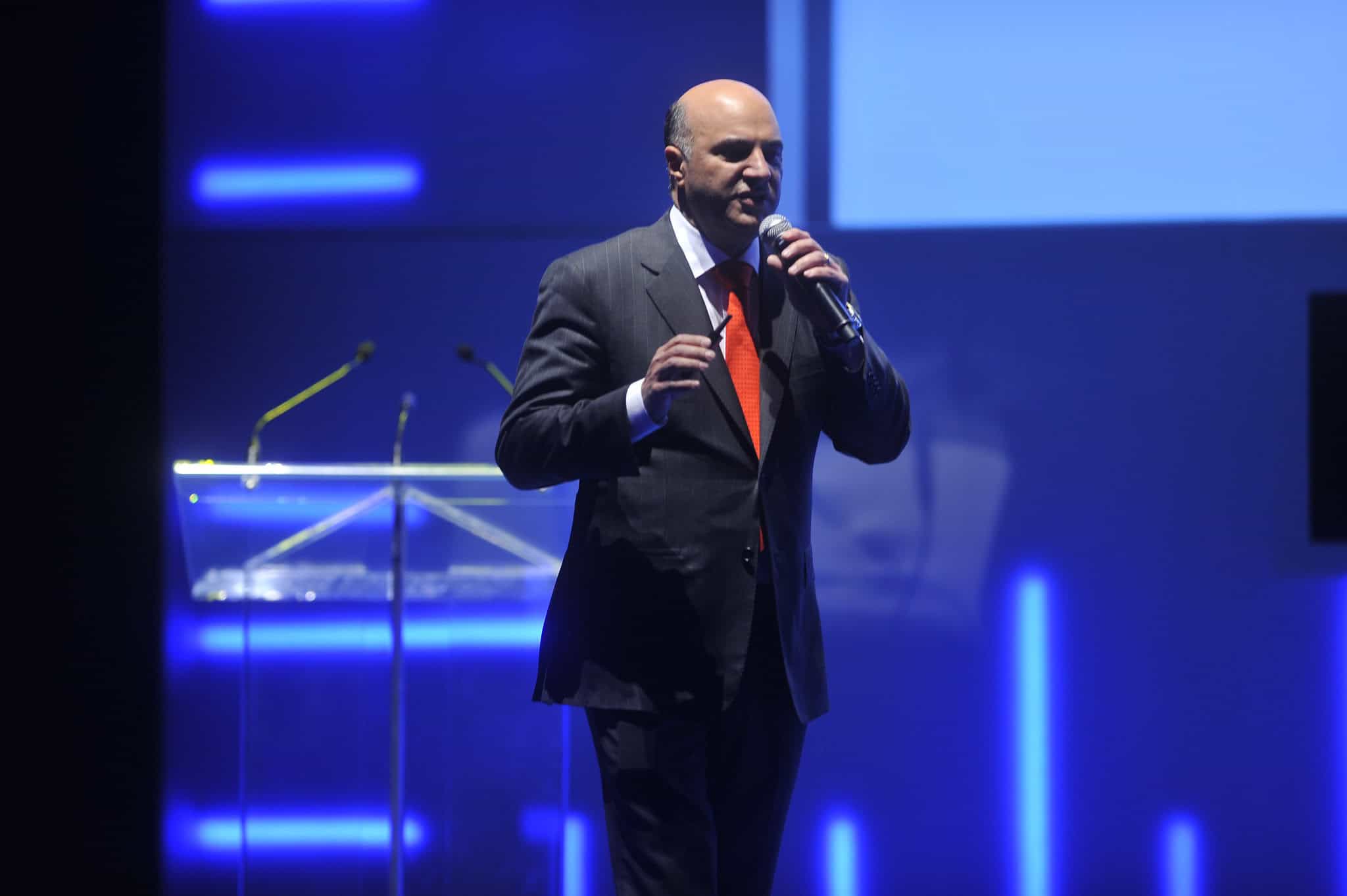The 20 Coolest Facts About the Weapons America Used in WWII
World War II weapons are increasingly seen by collectors and investors as valuable long-term assets. Their worth is driven by rarity, condition, historical provenance, and the type of weapon—iconic models like the M1 Garand, Luger P08, or MP40 can command thousands to tens of thousands of dollars. As supply dwindles and interest in military history […] The post The 20 Coolest Facts About the Weapons America Used in WWII appeared first on 24/7 Wall St..
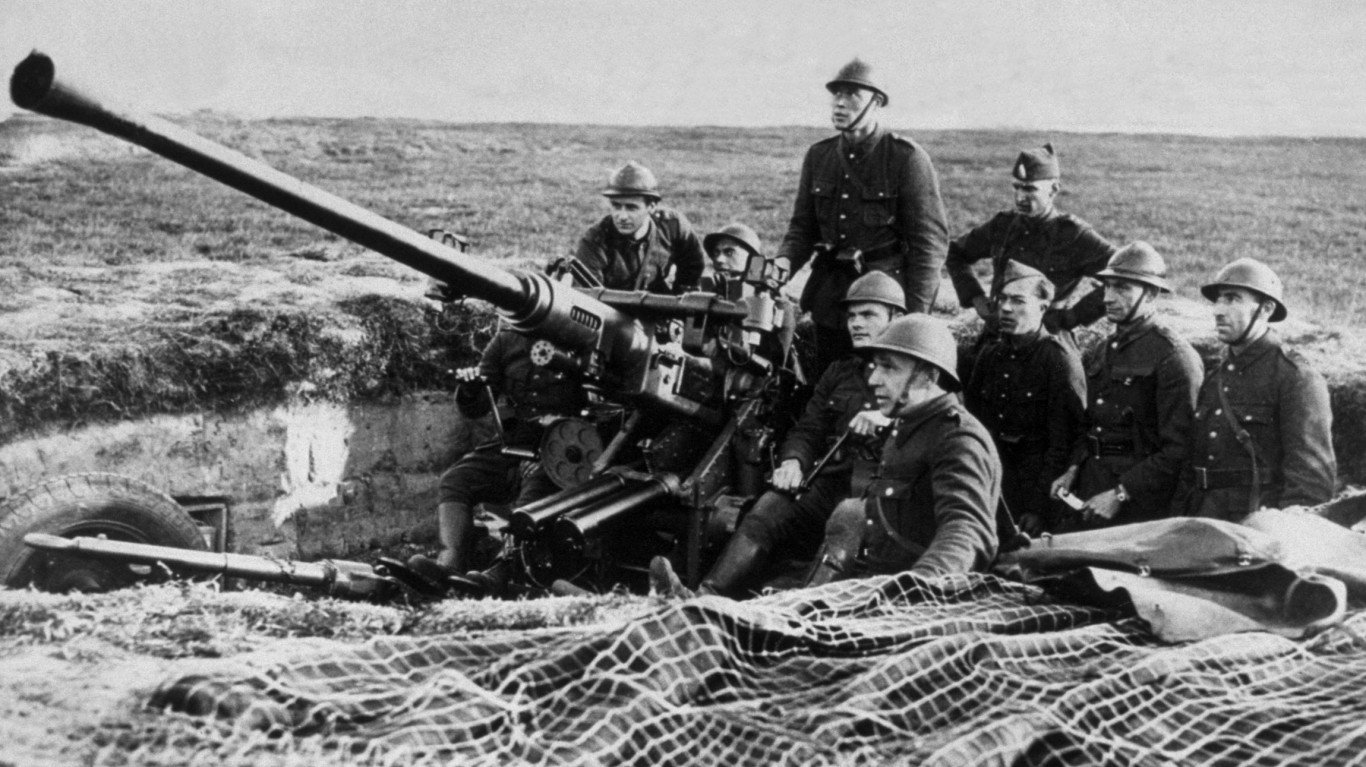
World War II weapons are increasingly seen by collectors and investors as valuable long-term assets. Their worth is driven by rarity, condition, historical provenance, and the type of weapon—iconic models like the M1 Garand, Luger P08, or MP40 can command thousands to tens of thousands of dollars. As supply dwindles and interest in military history grows, well-preserved examples, especially those with documented history, often appreciate over time. While legal restrictions (especially for automatic weapons) can limit access, they also help drive up prices for compliant, transferable pieces—making WWII firearms a niche but compelling investment for enthusiasts.
There’s nothing like a war to catalyze innovations in weapons technology. A conflict like World War II spreading across the globe and featuring the most formidable countries practically demands an evolution in firepower. When World War II commenced, the United States maintained a weary backseat to brewing overseas conflicts. That stance changed once Japan bombed Pearl Harbor, thrusting the United States into conflict and instigating profound growth in the country’s weapons technology.
Firearm evolution for the United States, however, was measured. Many of its most used weapons were advanced iterations of earlier models like the Colt 45 and the M1 Bazooka. These modifications worked in some departments, but not others. Upon entering the conflict, the United States quickly realized the validity of the notion that “form follows function.” This led to enduring advancements to weapons like the KA bar knife, which was so durable and reliable, that it remains the standard issue service knife for US armed forces well into the modern day. Let’s take a look at some of the weapons America used in WWII and cool facts about their origin, advancement, and adoption.
Key Points
-
- The Second World War lasted from September 1939 to September 1945.
- It resulted in the deaths of 70 – 85 million people, more than half of which were civilians.
- The global conflict incentivized profound advancements in weapons technology, particularly for the United States.
- World War II introduced a range of new weapons, with many becoming standard for American troops into the modern day.
- The United States is estimated to have produced over 12 million guns and rifles during the Second World War.
-
Are you ahead, or behind on retirement? SmartAsset’s free tool can match you with a financial advisor in minutes to help you answer that today. Each advisor has been carefully vetted, and must act in your best interests. Don’t waste another minute; get started by clicking here here.(Sponsor)
Springfield M1903

The Springfield M1903 first appeared during the early 20th century. However, it required a series of refinements and modifications before it appeared on the world stage. M1 Garand’s were the rifle of choice, but the early war days saw a lack of supply, so the Springfield M1903 stepped in. Over time, it became the preferred sniper rifle thanks to its bolt action and added scope. This refined version called the M1903A4 remains sought after by collectors.
MP 40
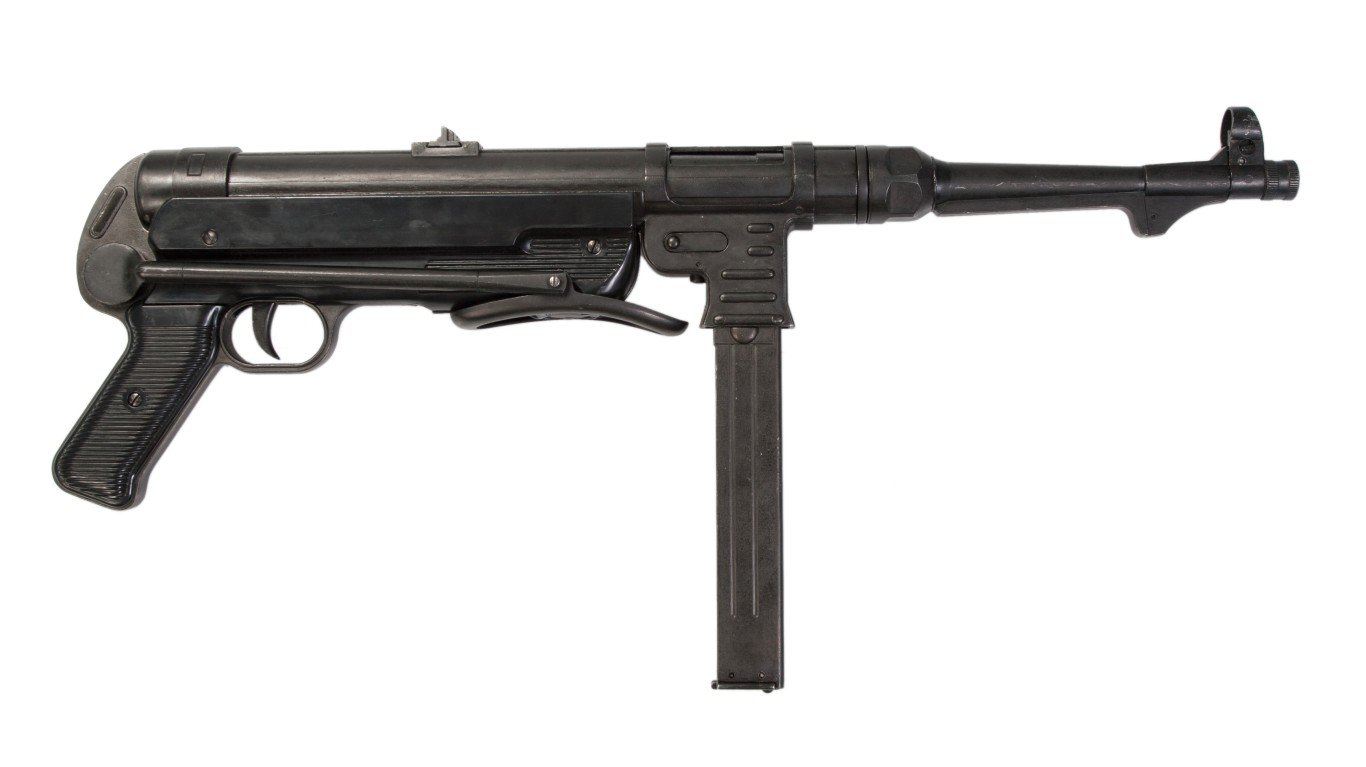
The German MP40, or “Maschinenpistole .40” evolved out of the prone-to-misfire MP38. Once a small but notable innovation was made to the submachine gun’s hammer, the MP40 came of age. Karabiner 98K rifles were issued to German soldiers until the Battle of Stalingrad, where they quickly became outgunned by Soviet troops in close-quarter urban combat. In response, the German army issued MP 40s to entire platoons. Much like the Luger, it became a prized weapon to be captured by American troops.
M1 Bazooka
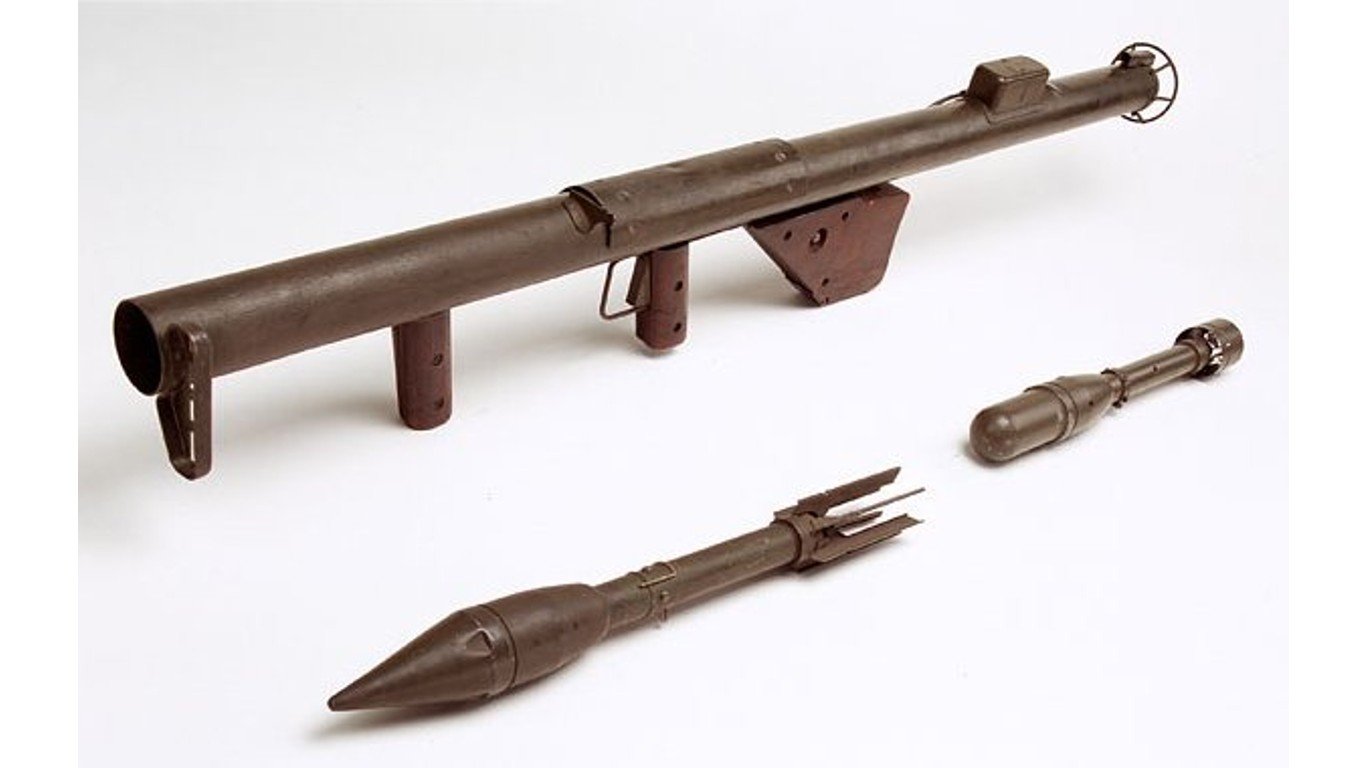
The M1 Bazooka was one of the first handheld anti-tank weapons. It first appeared during World War I, but practical use demanded modifications, especially to its error-prone M6 rocket. Throughout World War II, it made impressive showings, especially at the Battle of Arracourt. It took its name from a novelty instrument invented by comedian Bob Burns because of an uncanny resemblance.
Marlin M-1906
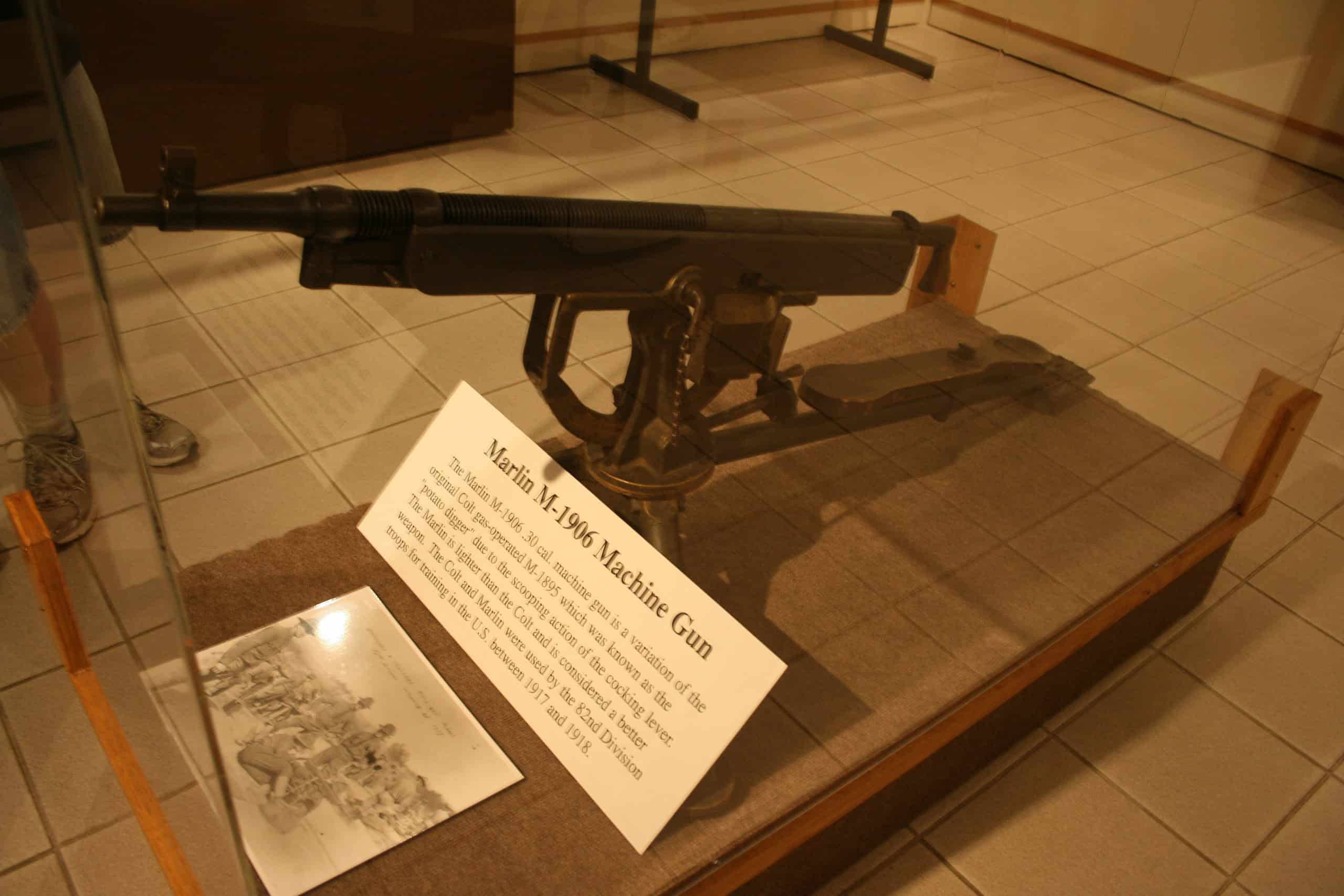
The Marlin M-1906 machine gun was a holdover from World War I, and for good reason. Originally developed by gun impresario John M. Browning in 1895, the Marlin M-1906 could be attached to World War I airplanes. It even synchronized with propellers. During World War II, it was redesigned and used as a training weapon for Allied troops.
M1917 Howitzer
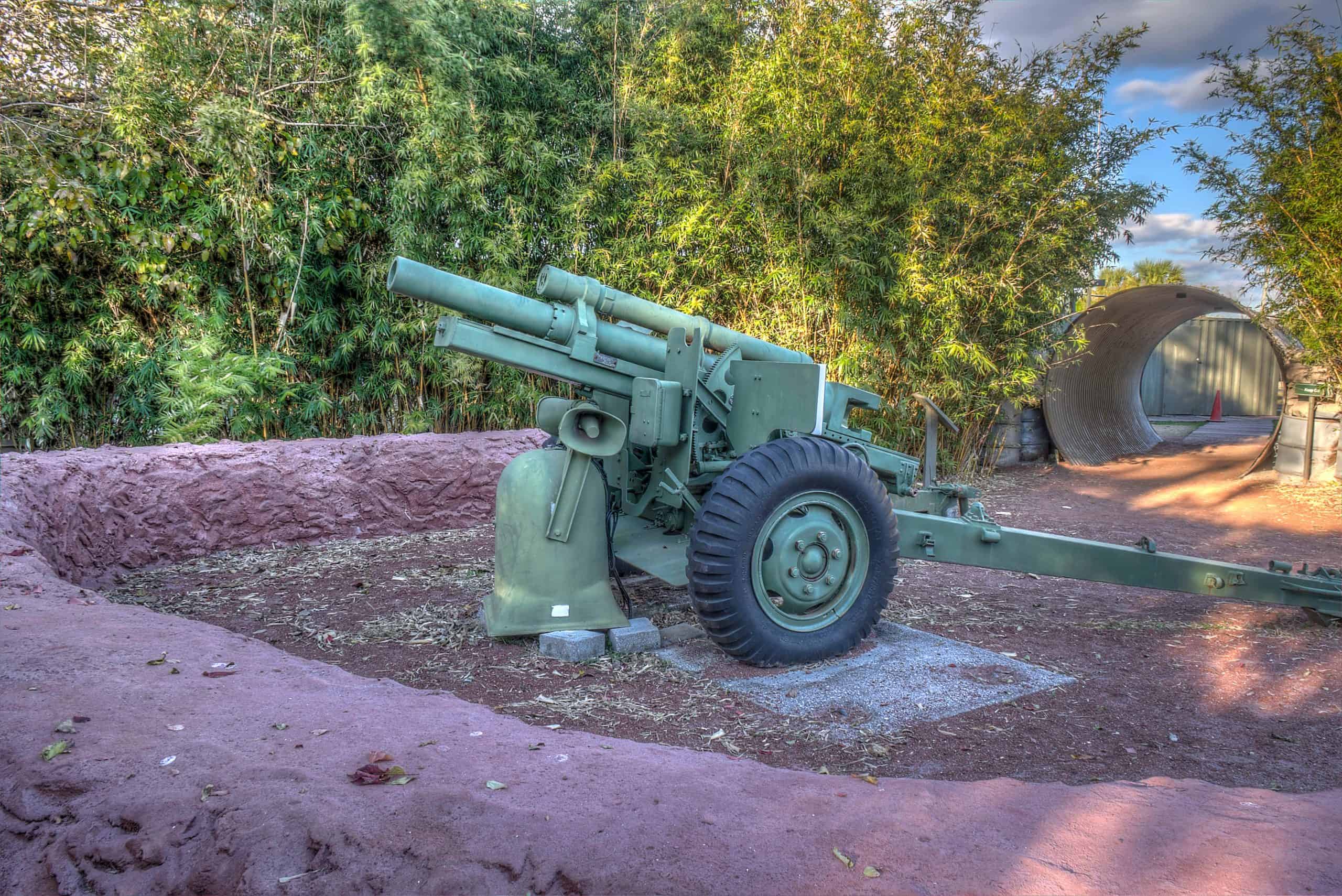
The Canon de 155 C modèle 1917 Schneider, also known as the M1917 Howitzer, packed a serious punch. Its widespread use during World War I continued into World War II, where both Axis and Allied powers used them considerably. With a maximum range of seven miles, it was a hot-ticket item for any country’s arsenal. Eventually, the United States switched to the 155 mm Howitzer M114 due to its extended barrel.
Kukri
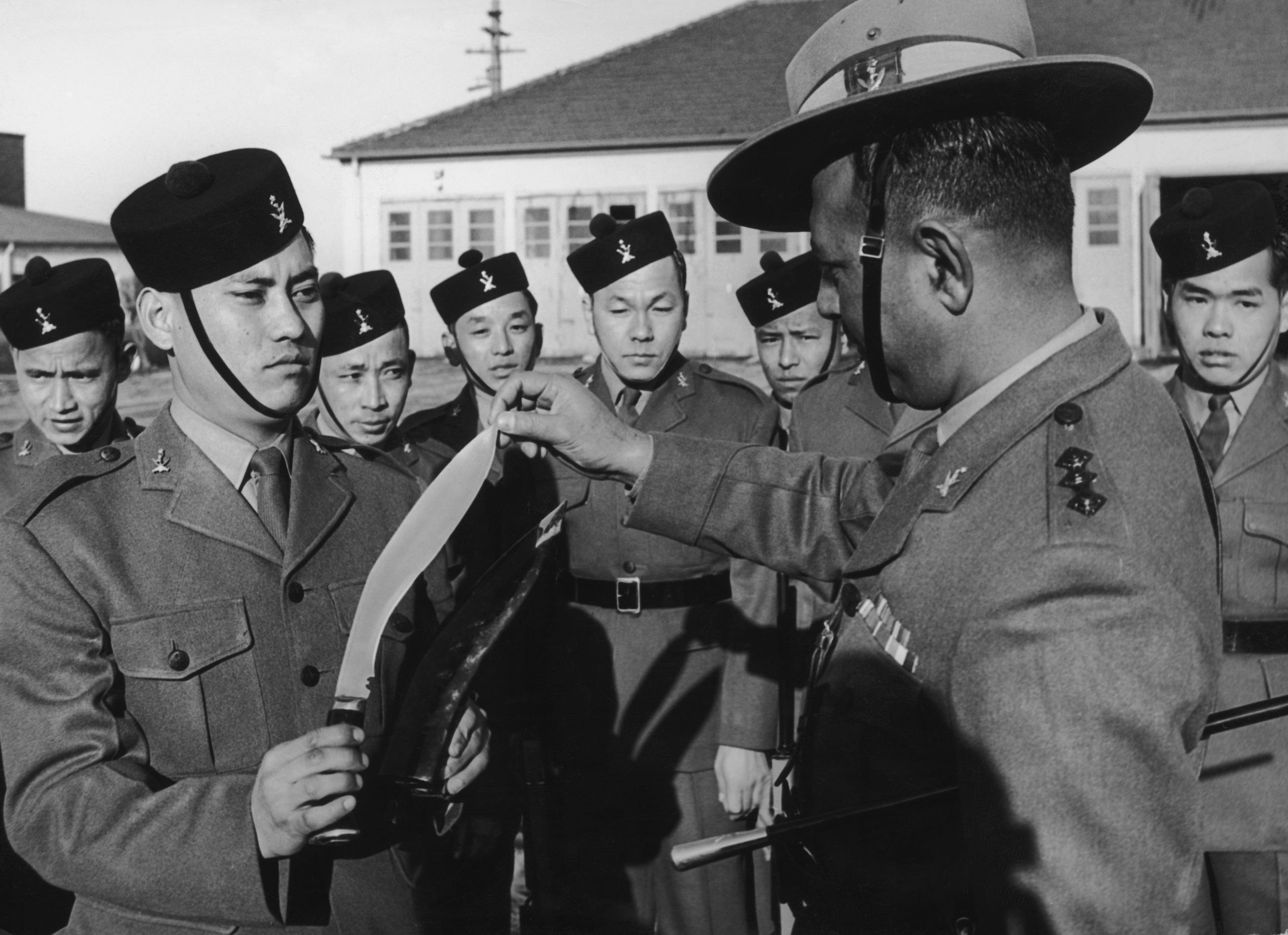
No weapon has stood the test of time like the Nepalese Kukri knife. Alleged to have been first used in the 7th century, it became the de facto melee weapon for the British Indian Army in World War II. The Kukri’s design lends itself to a variety of uses including farming and cooking, but during the War, became prized by American troops for its sleek, lethal design. It remains the national weapon of Nepal.
M1A1 flamethrower

No weapon symbolized the destructive nature of man quite like the flamethrower. The M1 Flamethrower and its M1A1 saw the most use in the Pacific Theatre of World War II to weaken enemy fortifications. It consisted of two fuel tanks, a propeller tank, and a battery that sparked a hydrogen igniter. The weapon exposed the user to enemy fire but its flames reached up to 43 meters away.
M1911
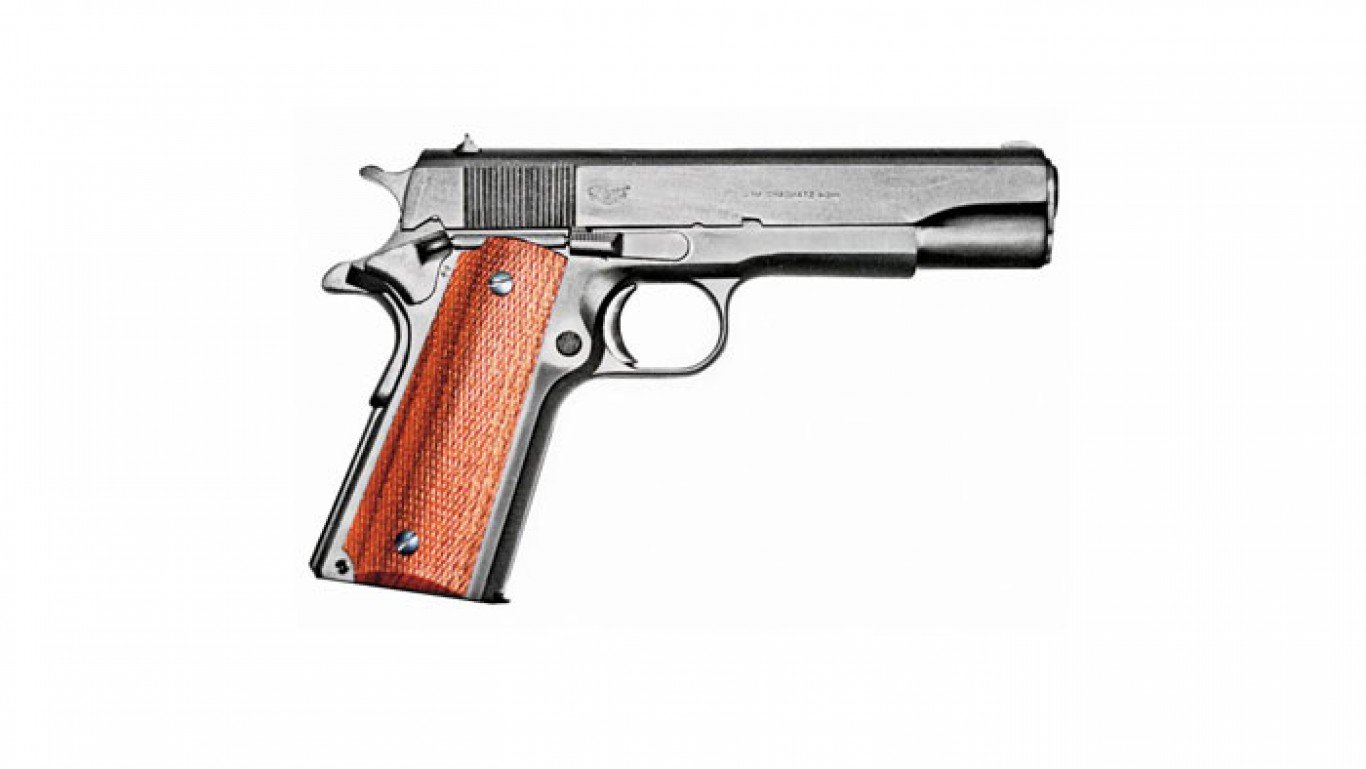
When John Browning created the original Colt .45, he hit upon an enduring concept. The pistol was used extensively in World War I and World War II. During the latter, it featured subtle modifications to make it easier to shoot. Around 1.9 million Colt 1911s were ordered by the United States government for World War II.
Stielhandgranate grenade
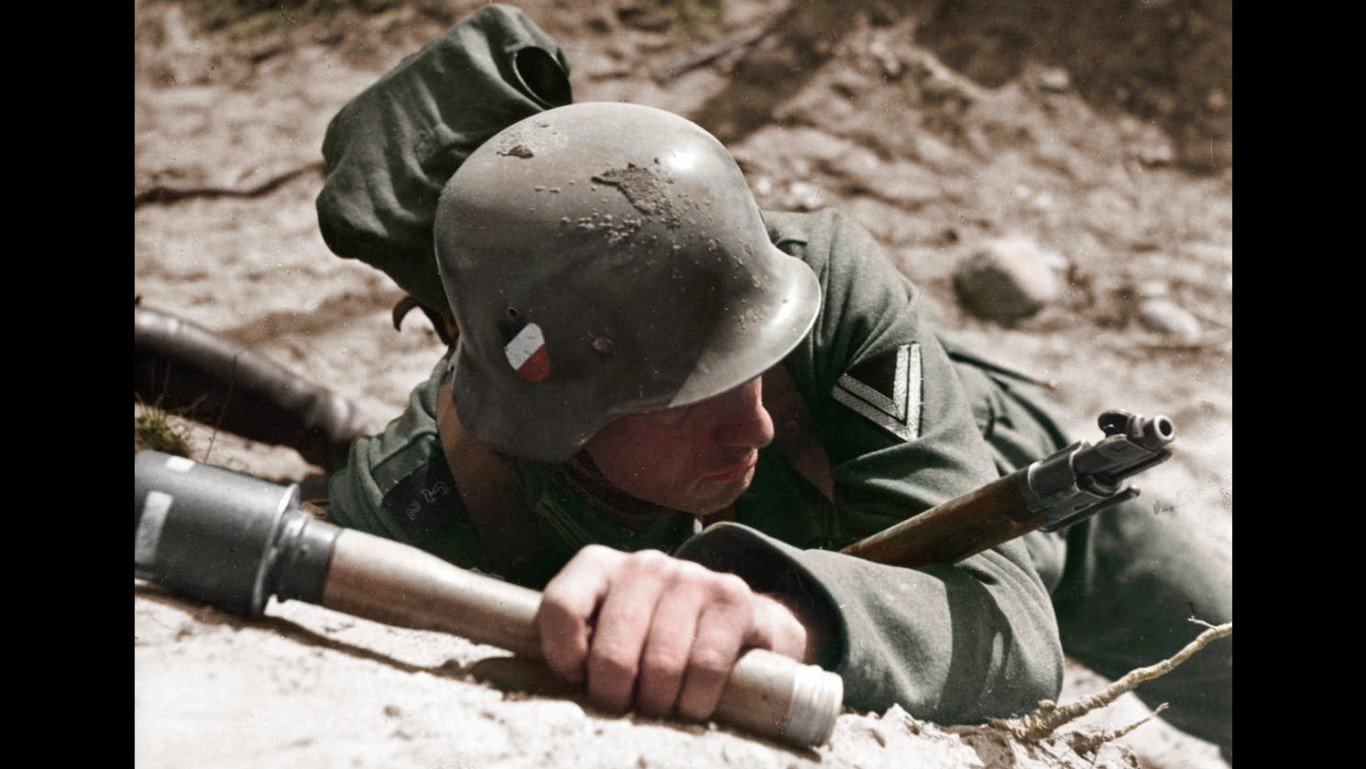
This German grenade meaning “stalk hand grenade” saw widespread use in both World War I and II. Unlike most grenades, it relied on a friction igniter system to make it go boom. Its hollow handle also allowed for greater throwing distance. Eventually, modifications were added to the Stielhandgranate, which allowed it to function in cold weather. When possible, American troops would grab them for Allied use.
Luger (Pistole Parabellum)
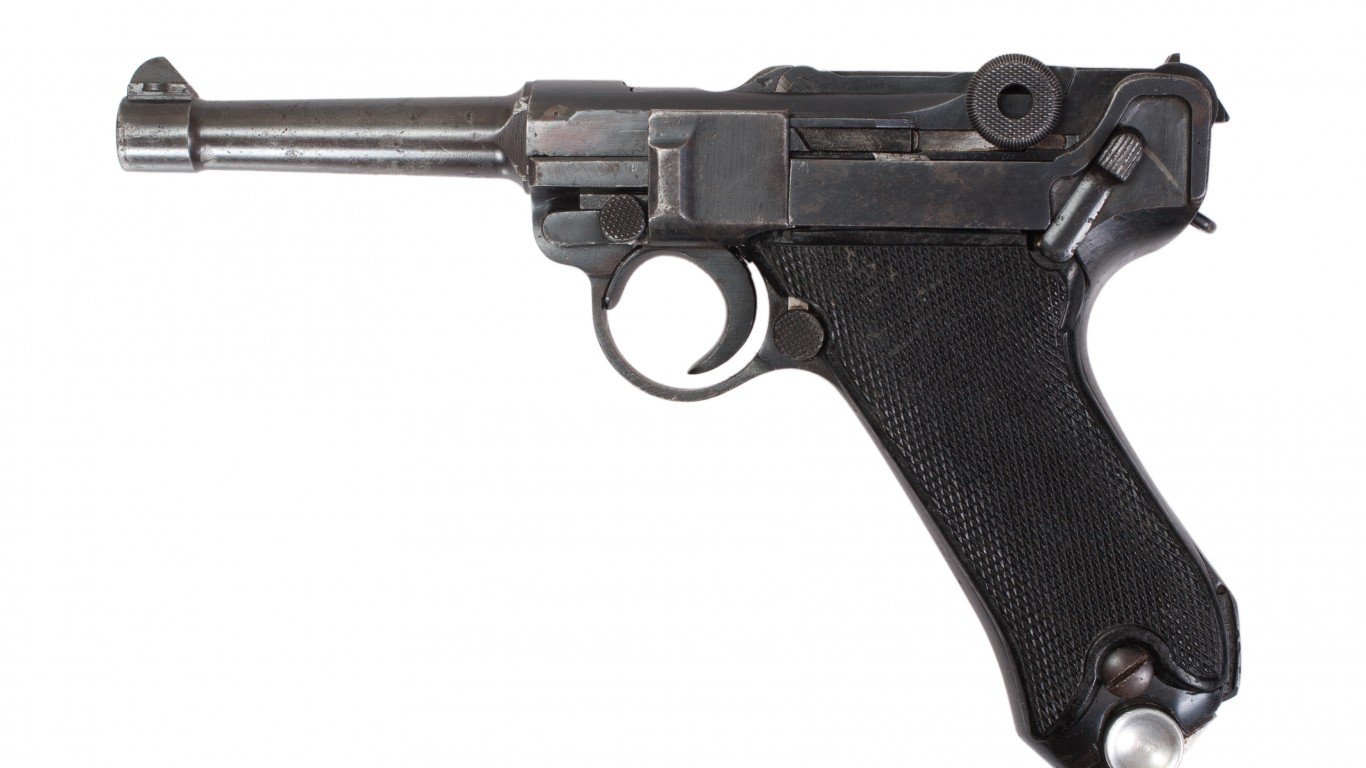
The Luger, or the Pistole Parabellum, remains one of the most iconic weapons from World War II. While it was used by German troops exclusively, it became something of a trophy for enterprising Allied soldiers due to its lightweight. It became such a trophy that German troops would use the Luger as bait for incoming Allied troops.
Ka-Bar Knife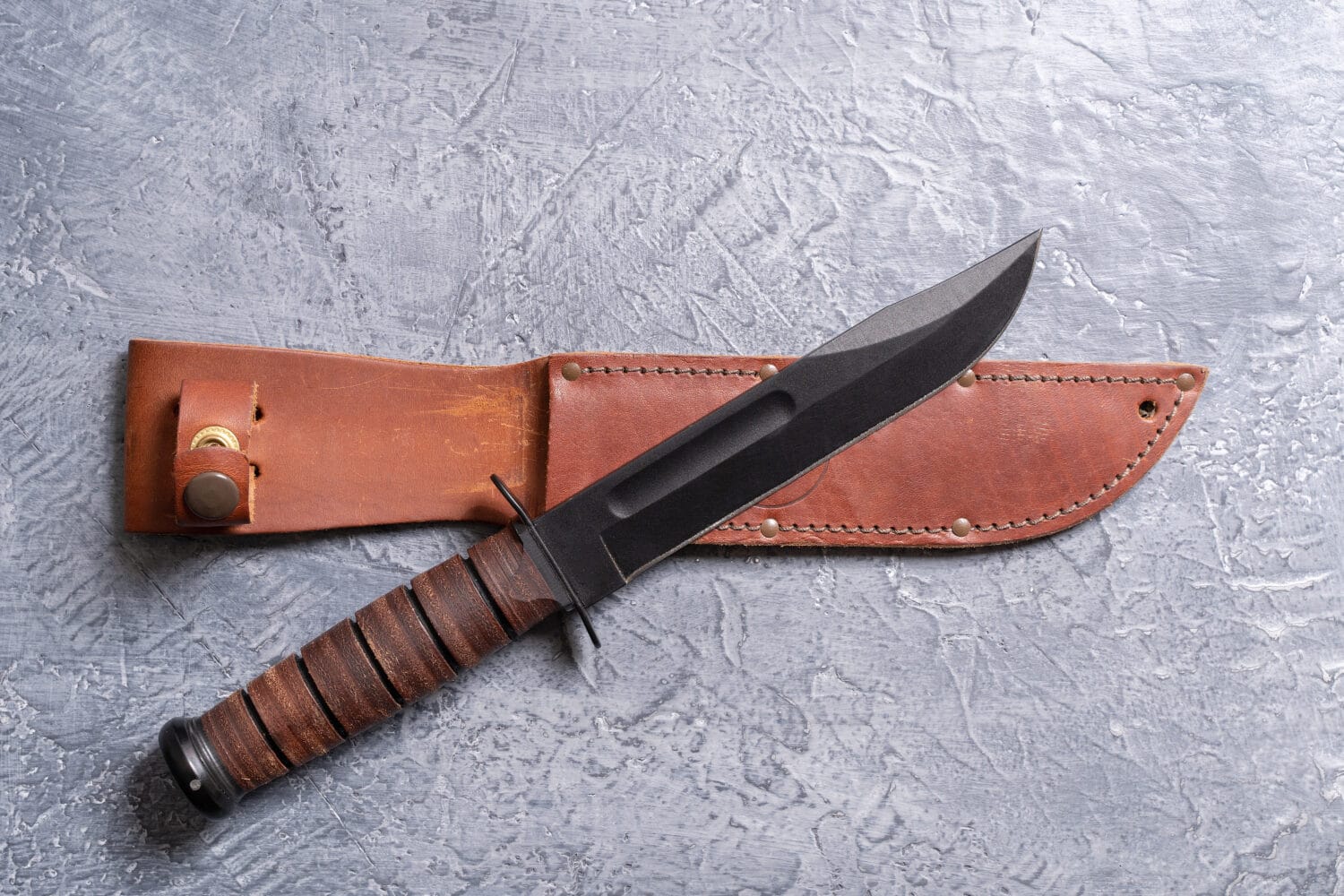
Even today, the Ka-Bar Knife remains a potent symbol of weapon technology in World War II. Earlier iterations had a brass finger guard, but soldiers complained of its limited movement. Once the Ka-Bar entered the arena, however, it became beloved for its multi-use capabilities. It remains the standard service knife for U.S. Forces well into the modern day.
Thompson Submachine Gun

Suffice it to say that the reputation of the Thompson submachine gun precedes itself. First popularized by Prohibition-era gangsters, the Thompson took on a new life during World War II. While it weighed just under 5 kilograms it could handle 50 or 100 round drum magazines. Over a million Thompsons were produced during World War II.
Mk 2 grenade
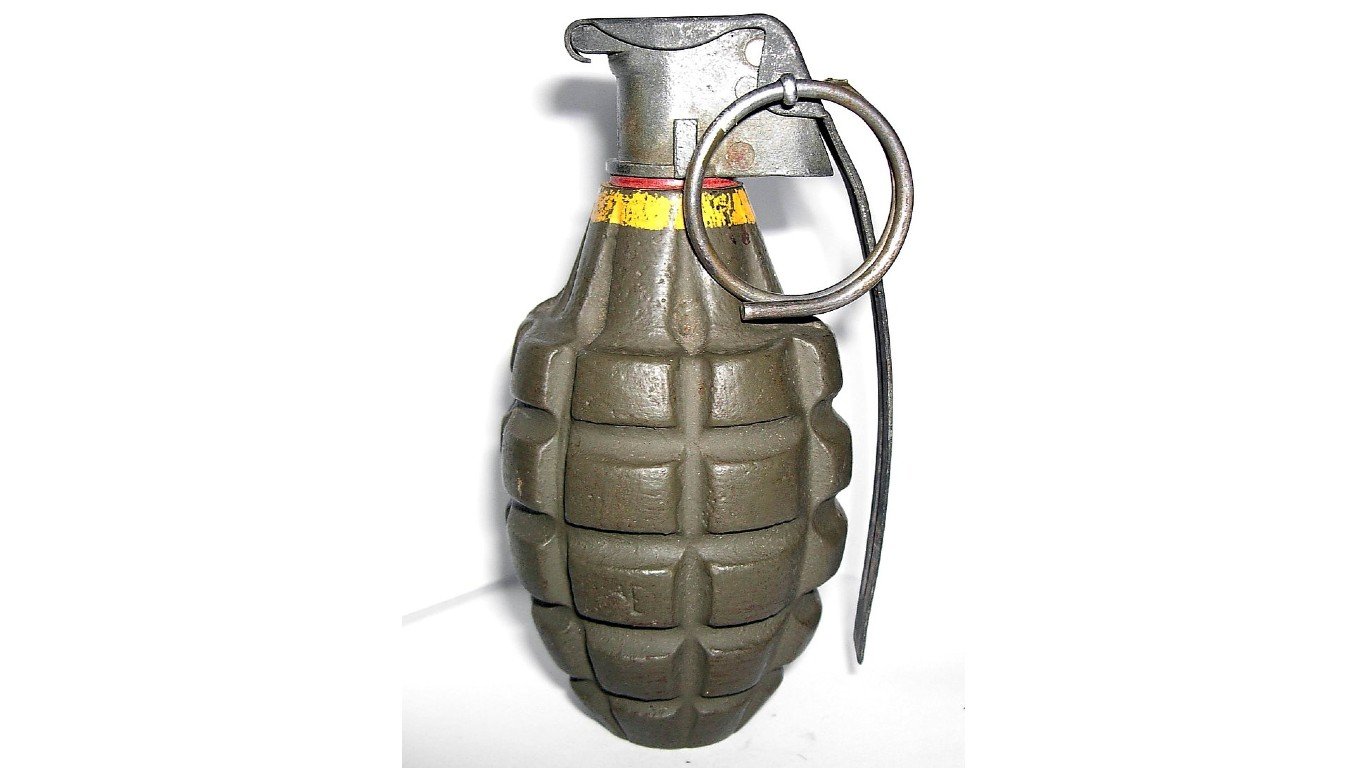
A trusty grenade with a unique shell design, the MK 2 Grenade has seen use in dozens of wars including World War II. It featured five second delayed fuse, a cast iron casing, and 40 knobs in a pattern on its shell. This led to the nickname of “pineapple grenade.” Don’t be fooled by the fruit name as it had serious combustive power.
M1 Garand
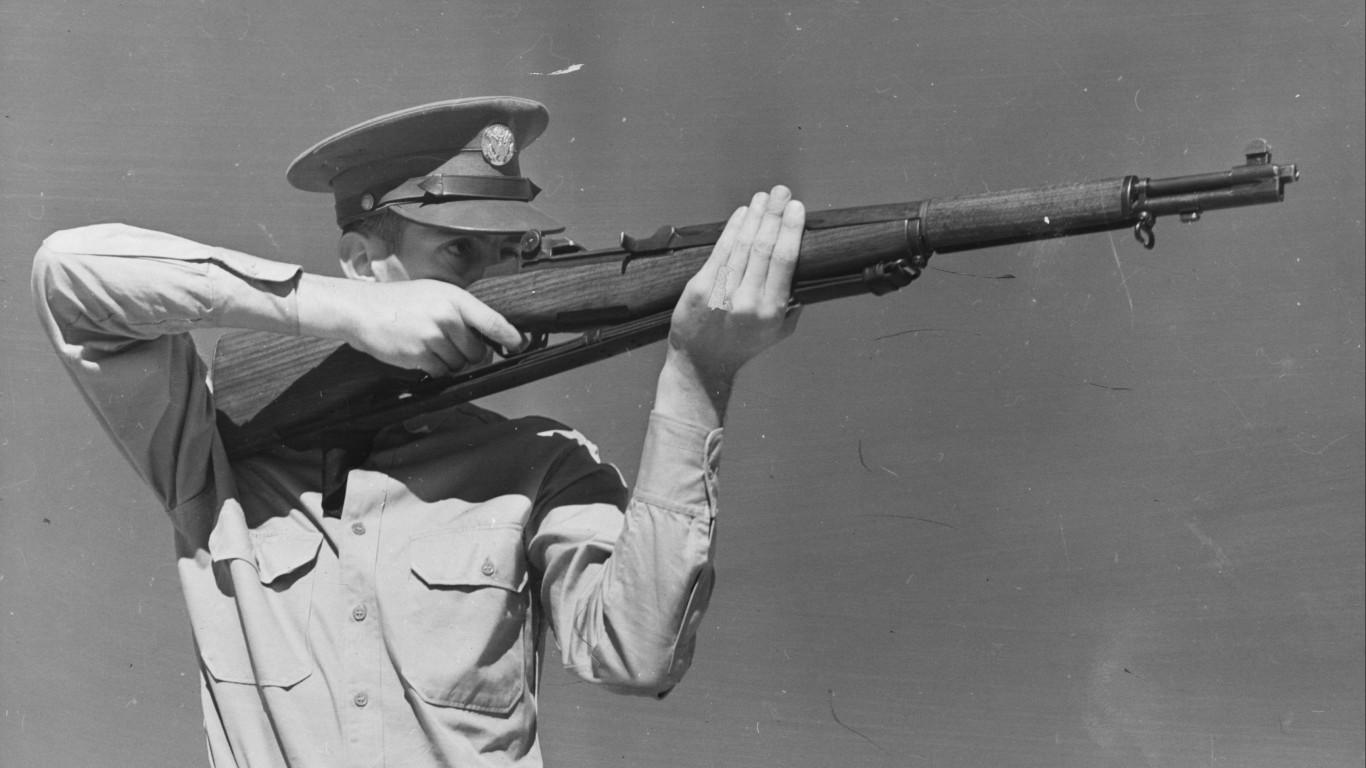
The M1 Garand Rifle was the standard service rifle for American troops during World War II. Designed by John Garand, the M1 rifle used expanding gasses to propel bullets like a steam engine. Once the United States entered the war, demand for the M1 grew exponentially. During peak production, the Springfield Armory was making 164 rifles an hour. General George Patton called it “the greatest battle implement ever devised.”
Brandt Mortar
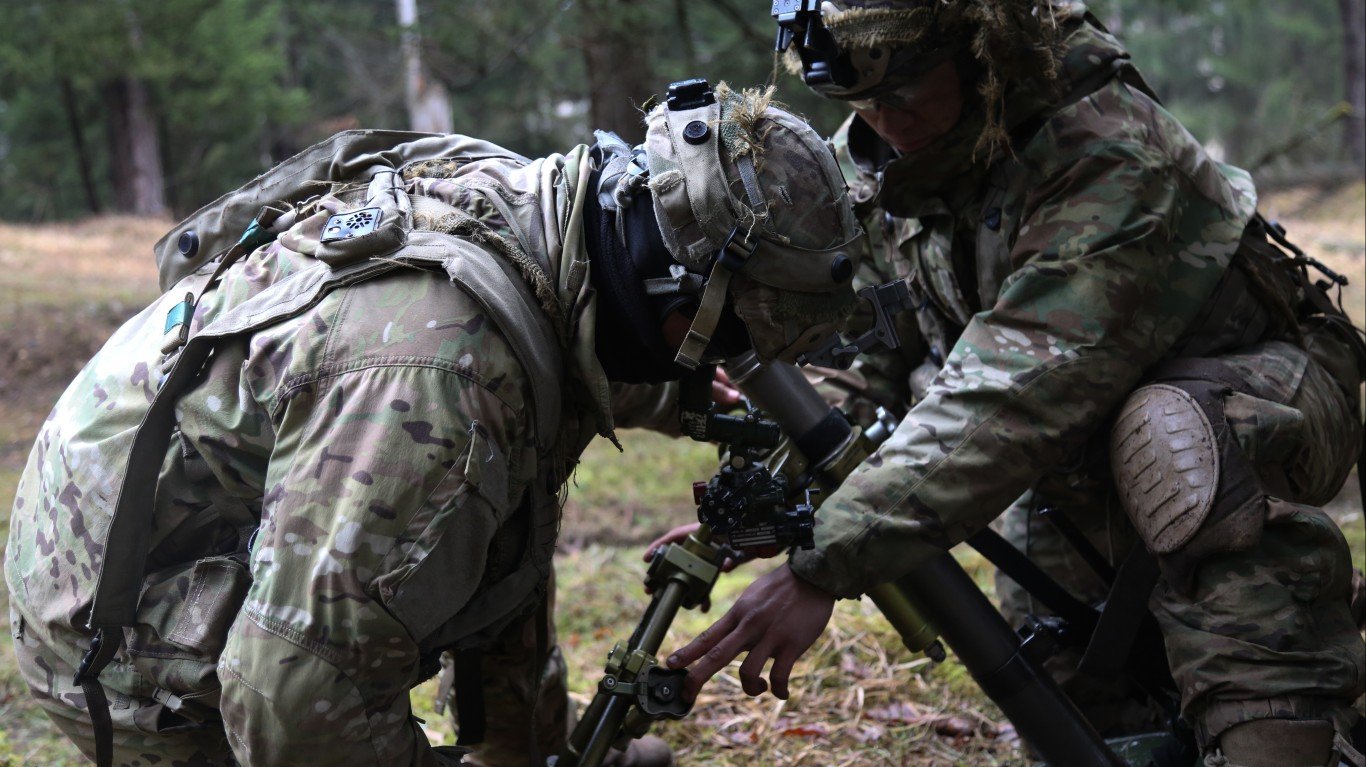
While the French suffered from strategic errors during the start of World War II, it made headway in the weapons department. French artist and metalworker Edgar Brandt created the Brandt mortar as inspired by the earlier Stokes mortar. With the ability to fire 7-pound shells up to 1.7 miles away, it quickly became the standard in mortar technology. Indeed, very little has been changed to the design, with modern mortars resembling Brandt’s original innovation.
Bren Gun
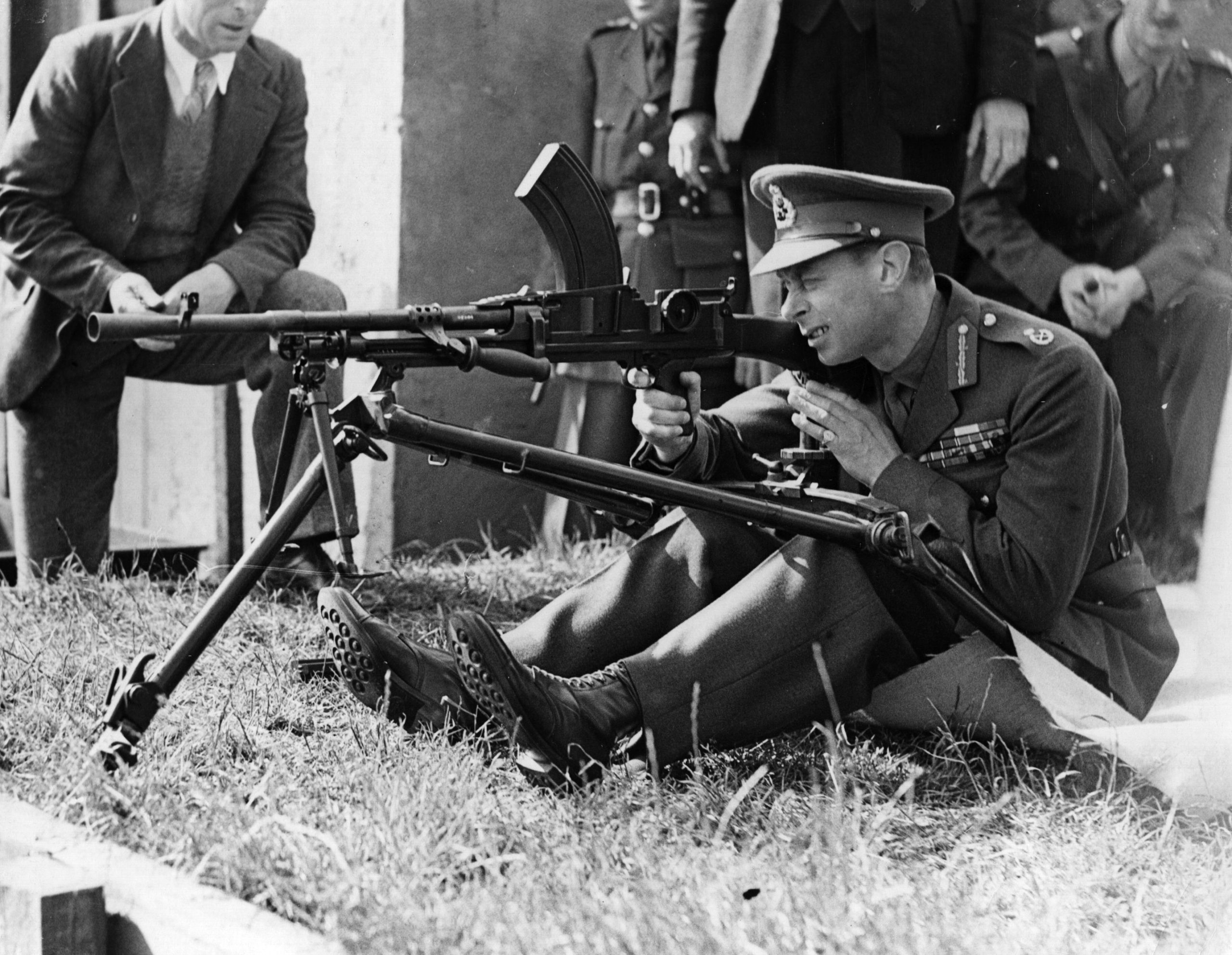
Not to be confused with the Sten gun, the Bren gun was another British-made machine gun. It was prized by British troops for its reliability and firepower. While other machine guns were belt-fed, the Bren featured a 30-round magazine. It saw a variety of uses during World War II including anti-aircraft and remains a potent symbol thanks to its unique top-side magazine. Even some American troops were known to use it. While the British produced the Sten, it was designed by Václav Holek and named after Brno, a Czech facility, and the location of the British Royal Small Arms Factory in Enfield, United Kingdom.
Reising M50
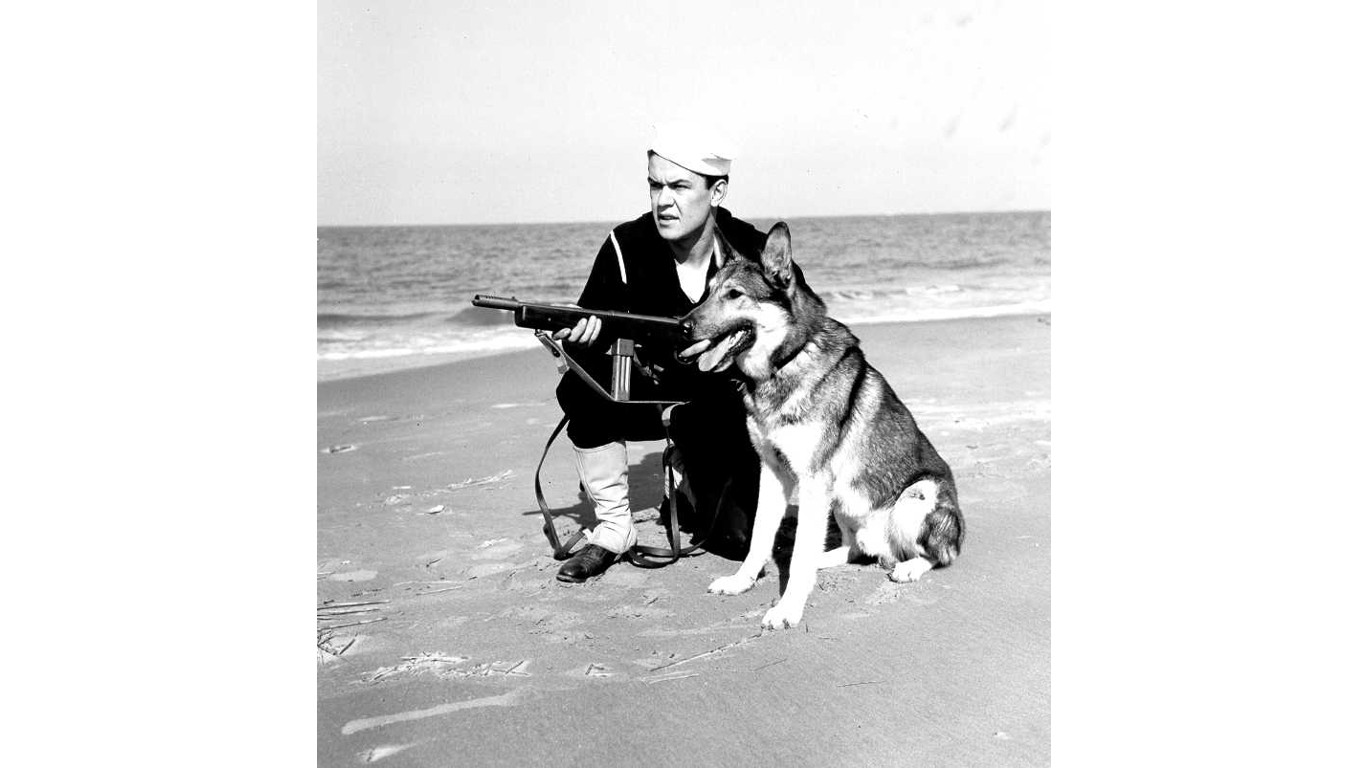
The Thompson submachine gun grew to such popularity during World War II that the United States ran out. Enter the Reising M50, a submachine gun that featured a closed bolt and delayed-blowback operating system. They were made of higher quality parts than the Thompson, easier to build, and more accurate in semi-auto mode. Unfortunately, the design was easily corrupted by sand, dirt, and other battle ingredients.
Frangible Grenade M1
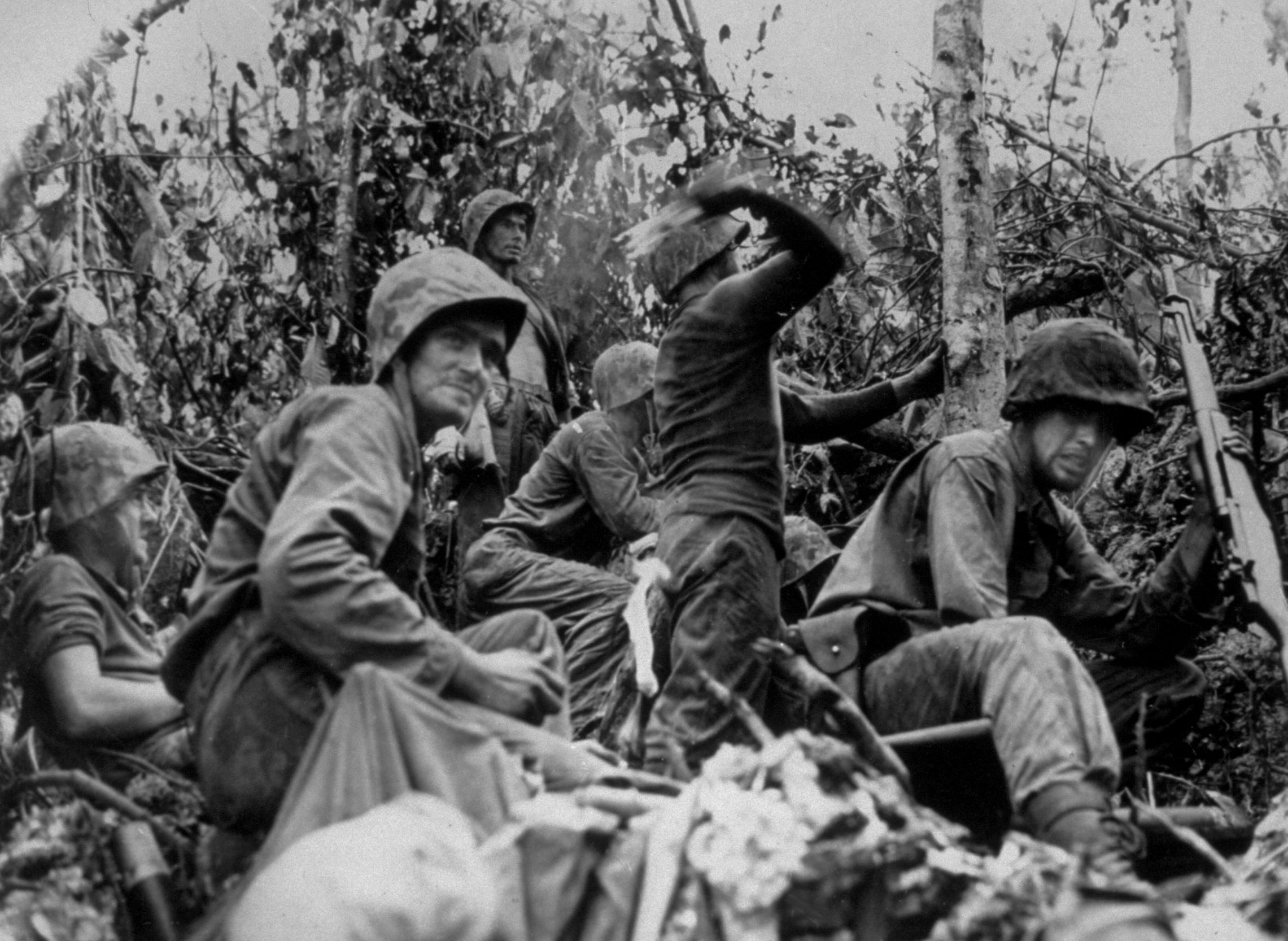
The Molotov cocktail embodies the notion of “if it ain’t broke, don’t fix it.” Originally named by Finnish troops as an insult to Soviet Foreign Minister Vyacheslav Molotov, this makeshift incendiary device saw widespread use in World War II. When the United States entered the war, it was low on supplies. To bridge the munitions gap, it devised the Frangible M1 Grenade. M1 Grenade varieties were typically composed of chemicals like phosphorous and gasoline. It served as an affordable stopgap for keeping the enemy at bay.
Winchester Model 1912
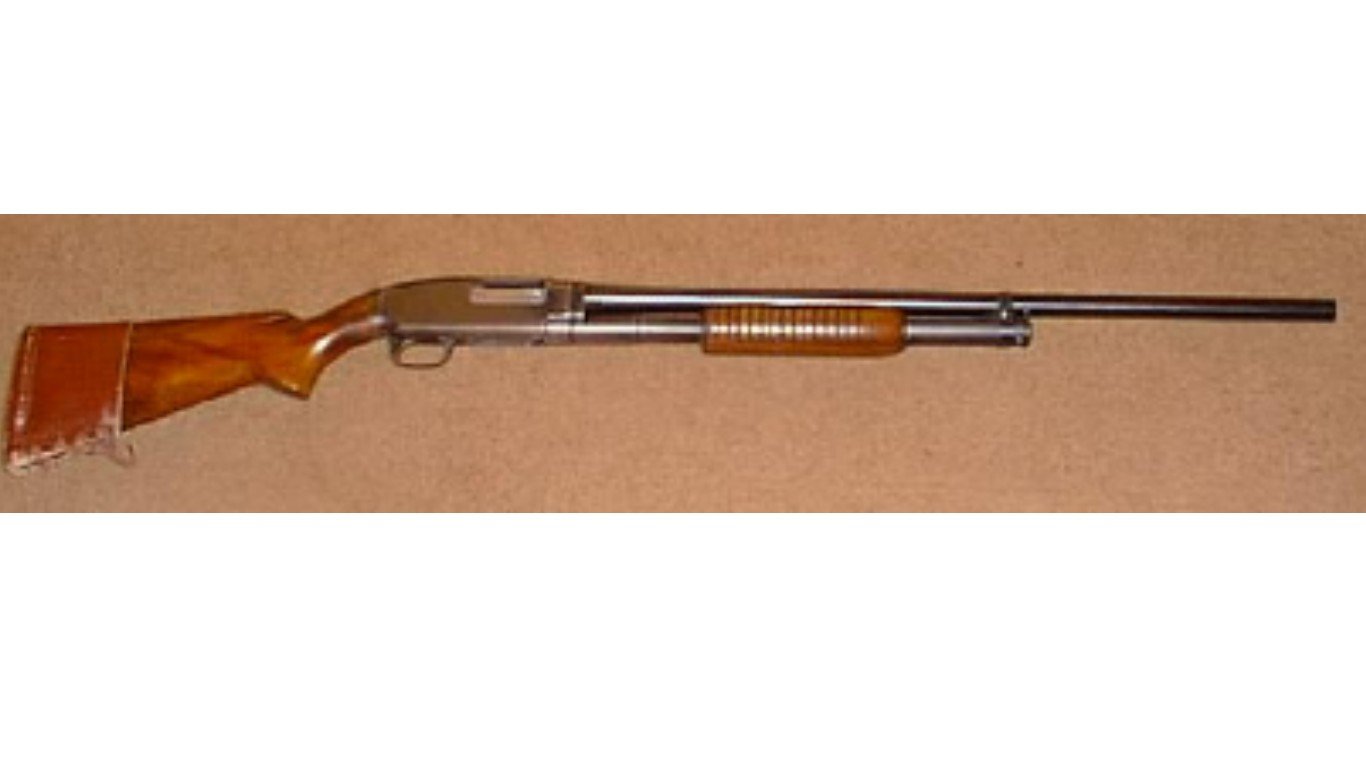
Sten Gun
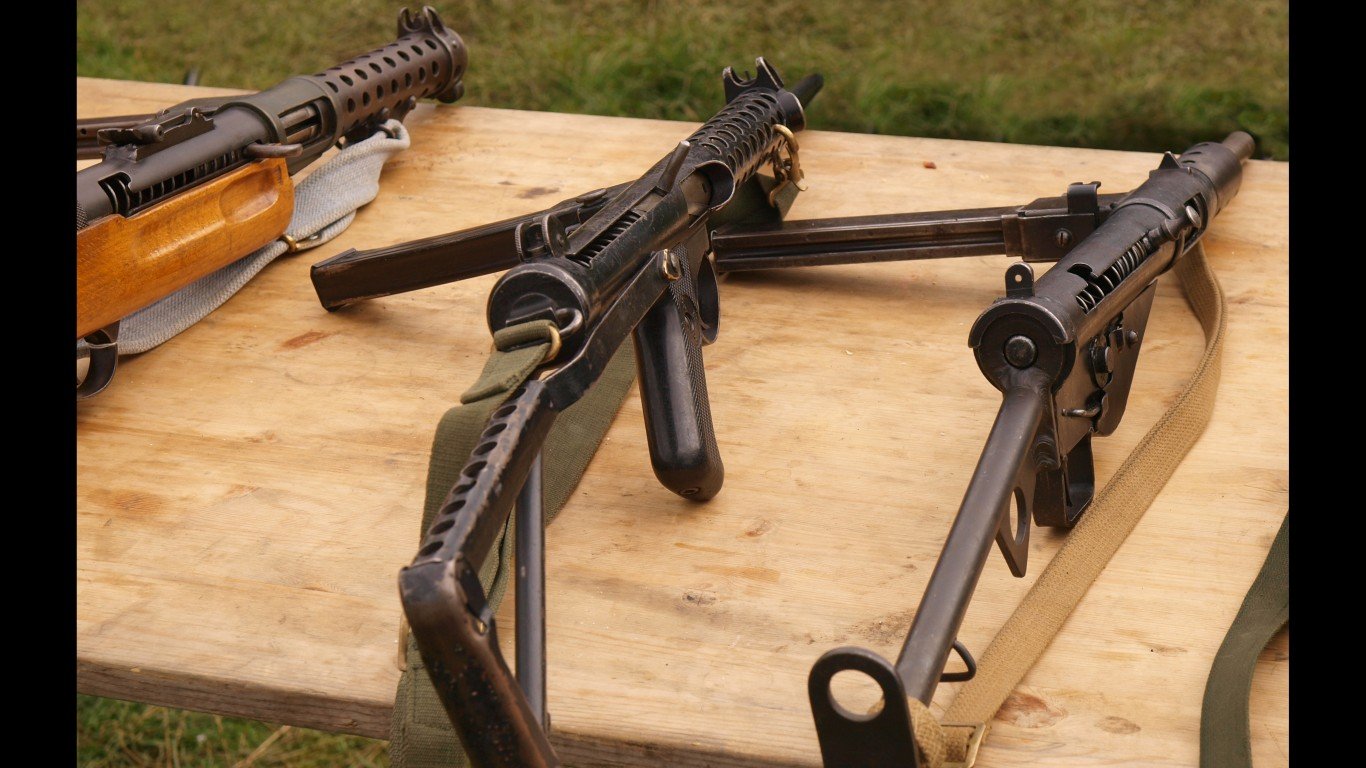
Sten guns were a family of British-made machine guns that saw widespread use in World War II. A blowback-operated submachine gun, Sten guns became incredibly popular thanks to their simple, cheaply-made design. At first, it was used by insurgency groups throughout Europe. By the end of the war, however, it became the second-most produced submachine gun used by Allied troops the world over.
The post The 20 Coolest Facts About the Weapons America Used in WWII appeared first on 24/7 Wall St..




